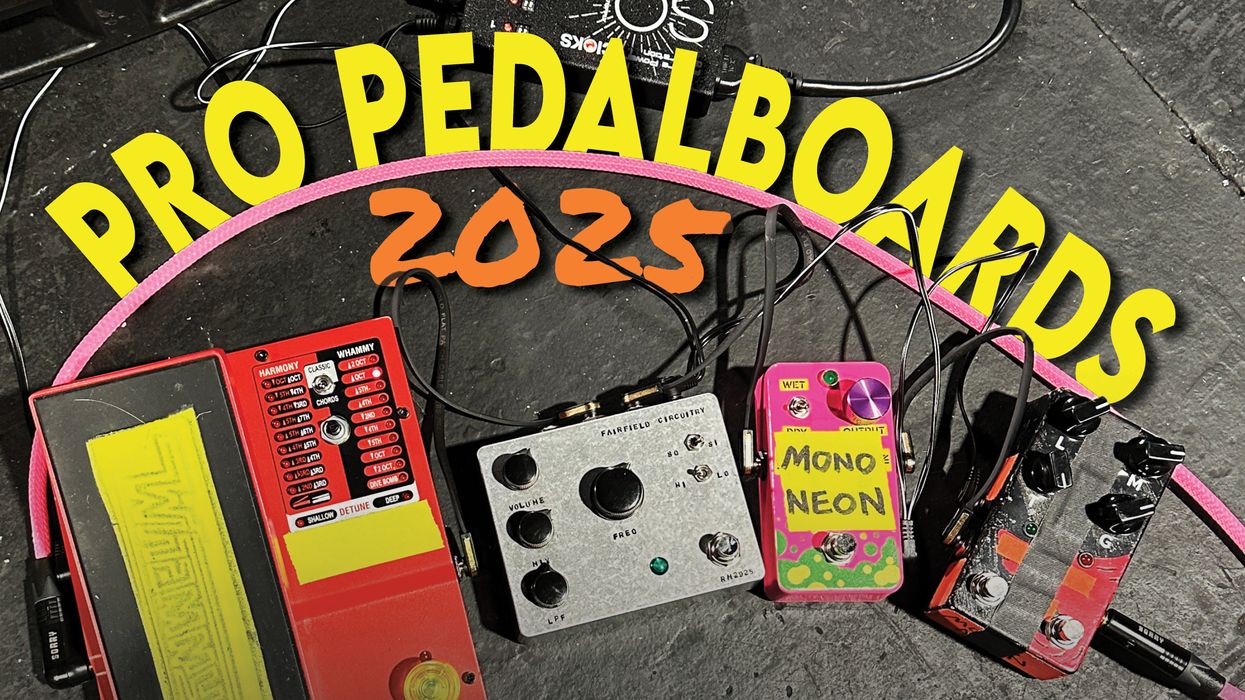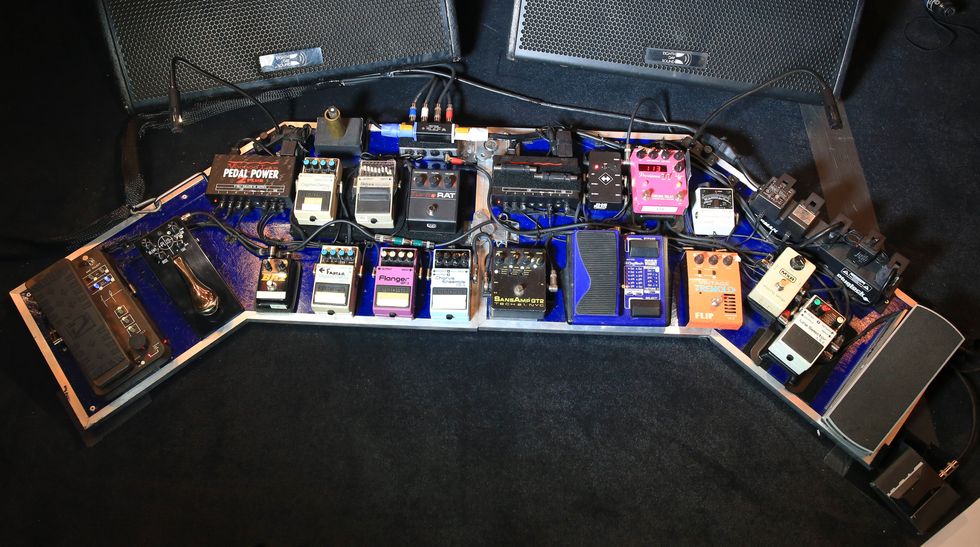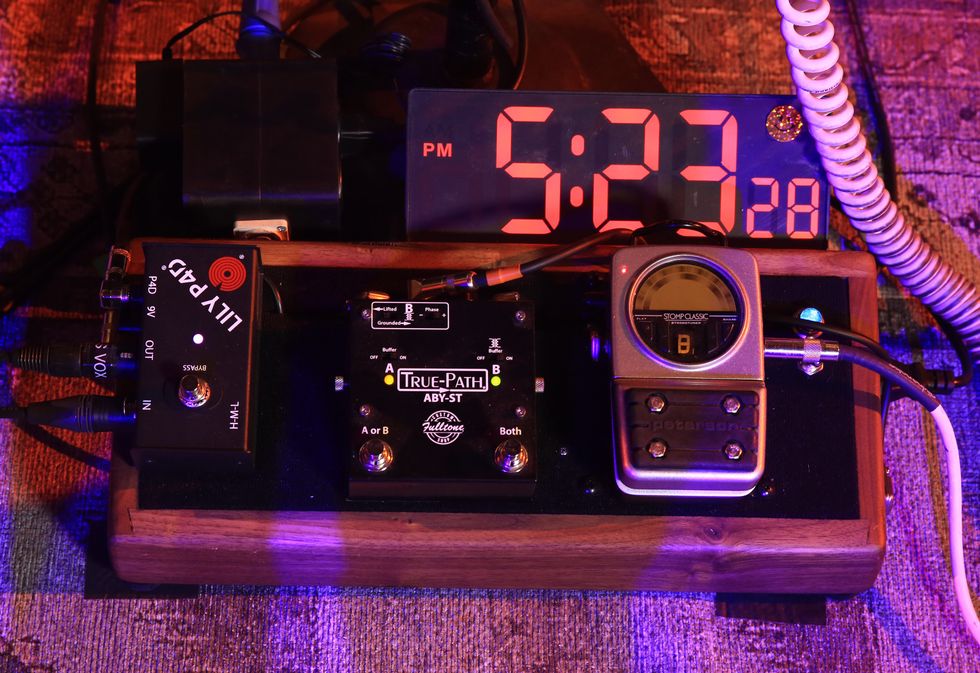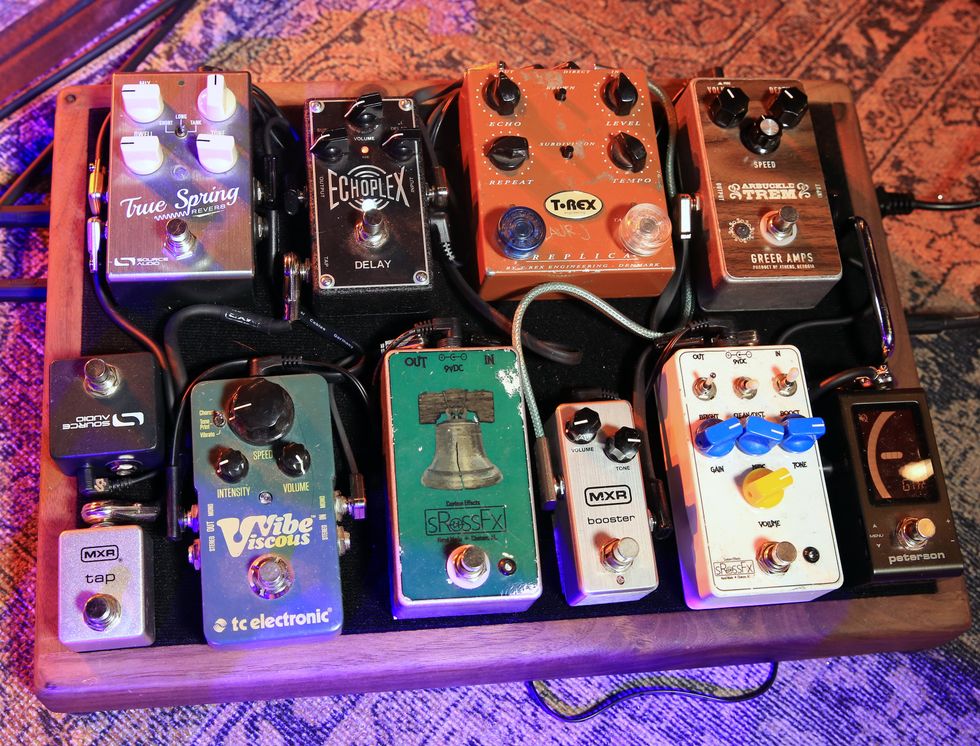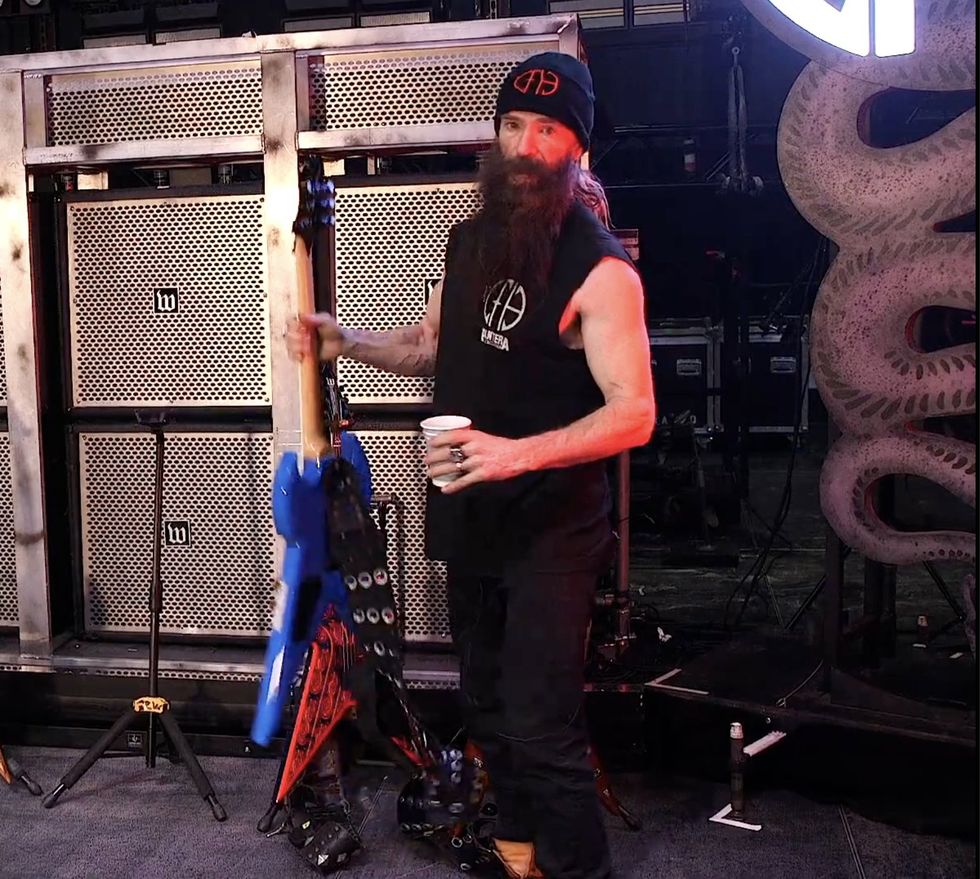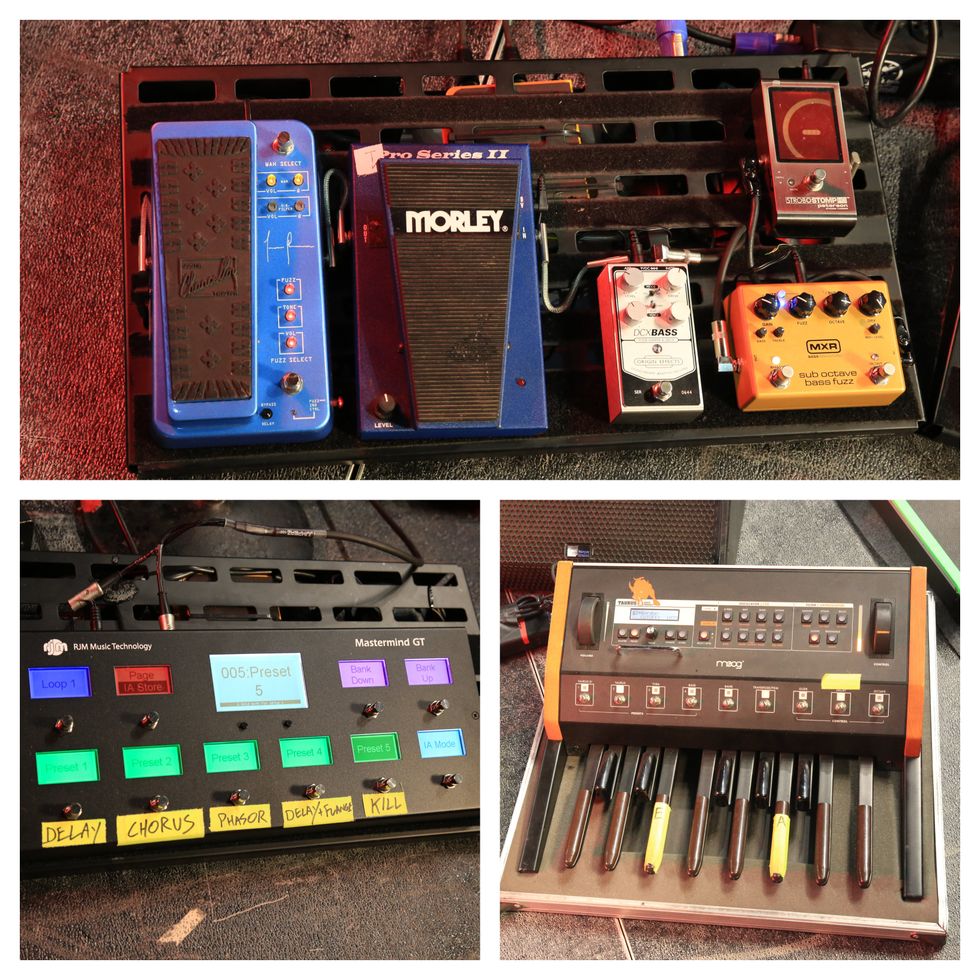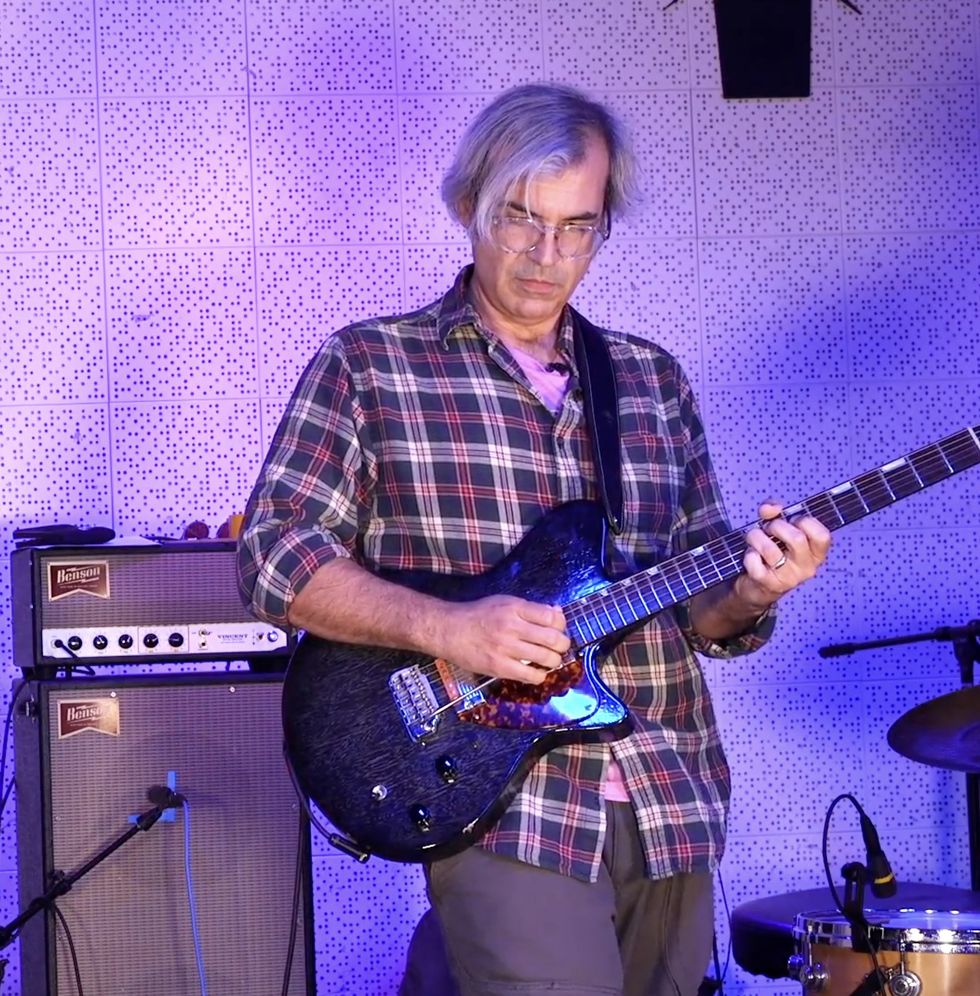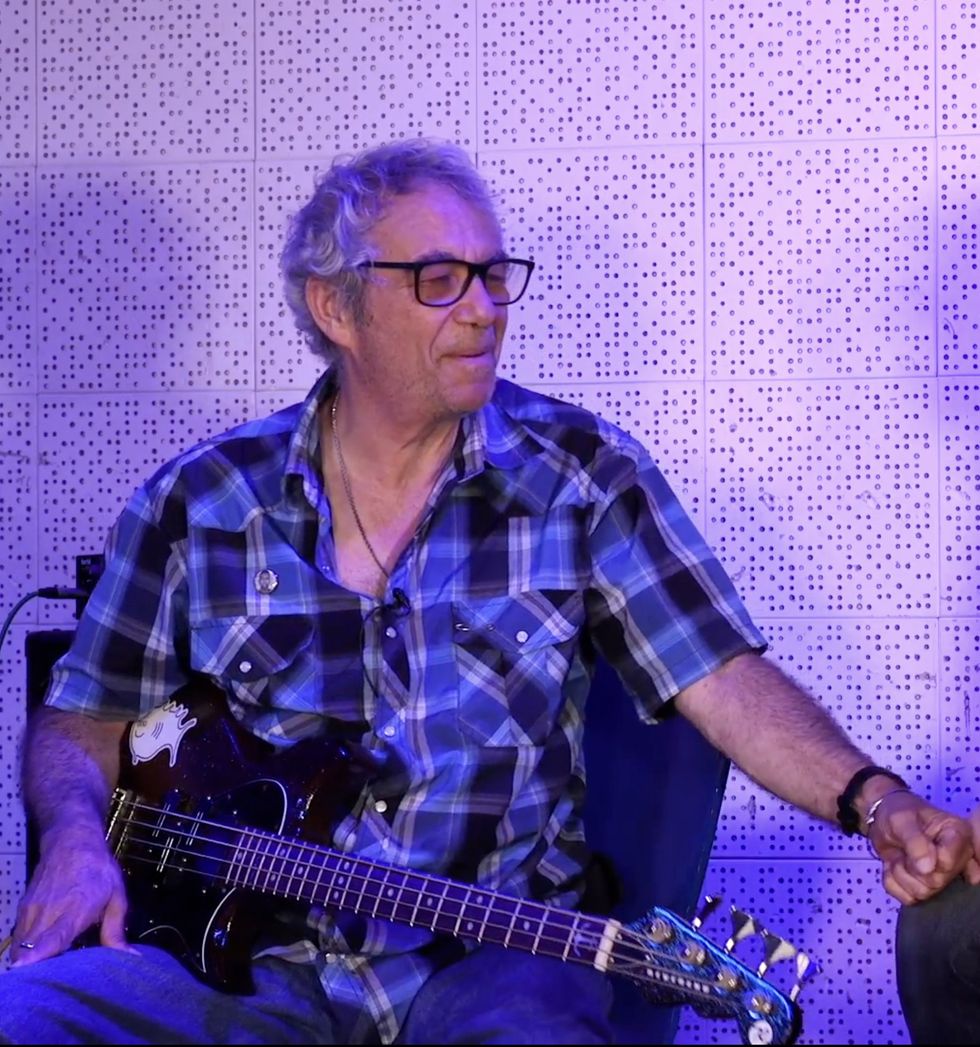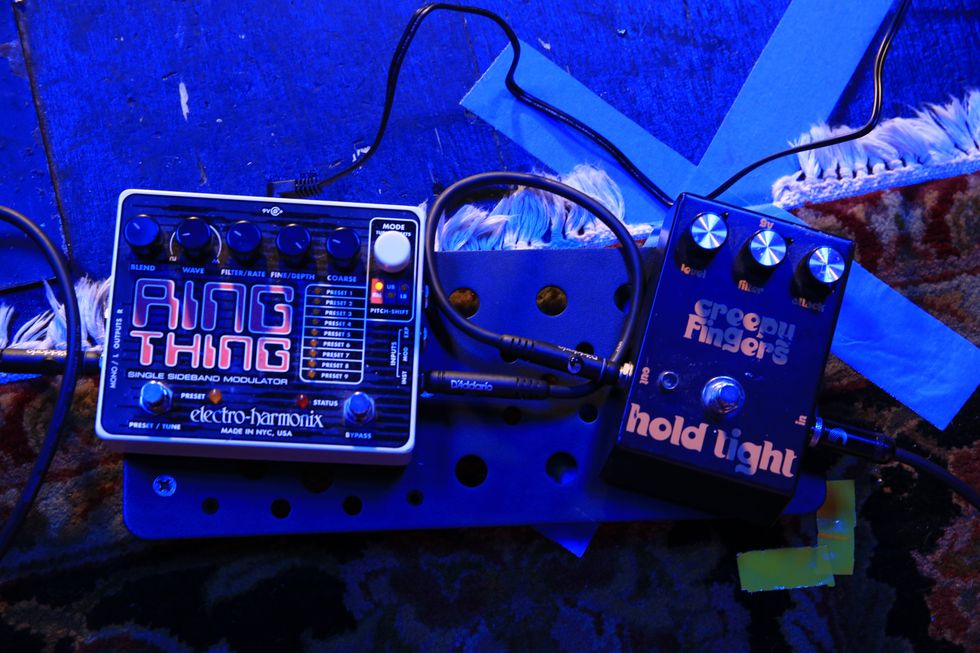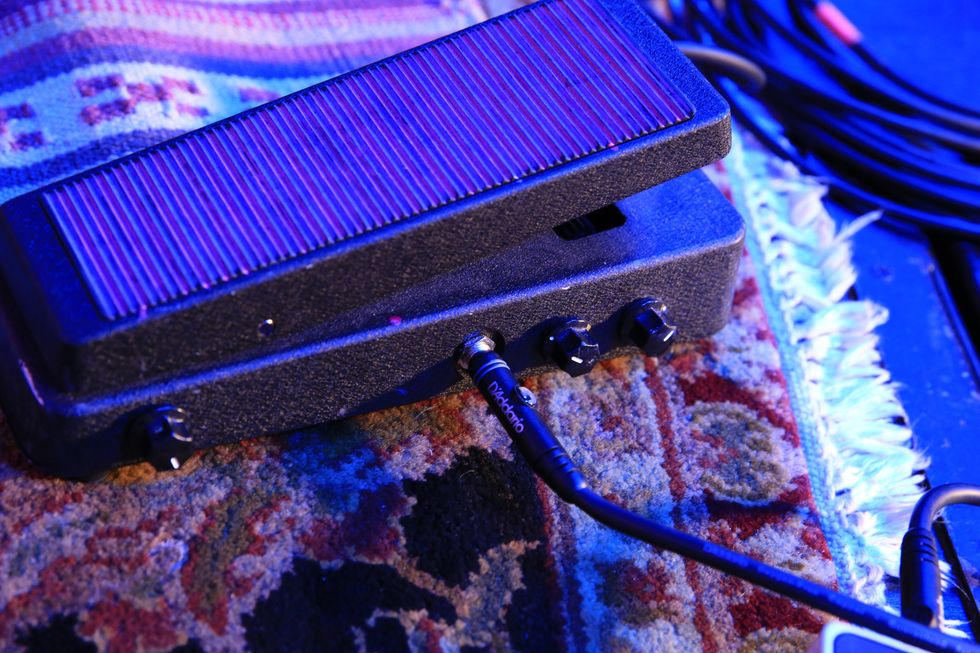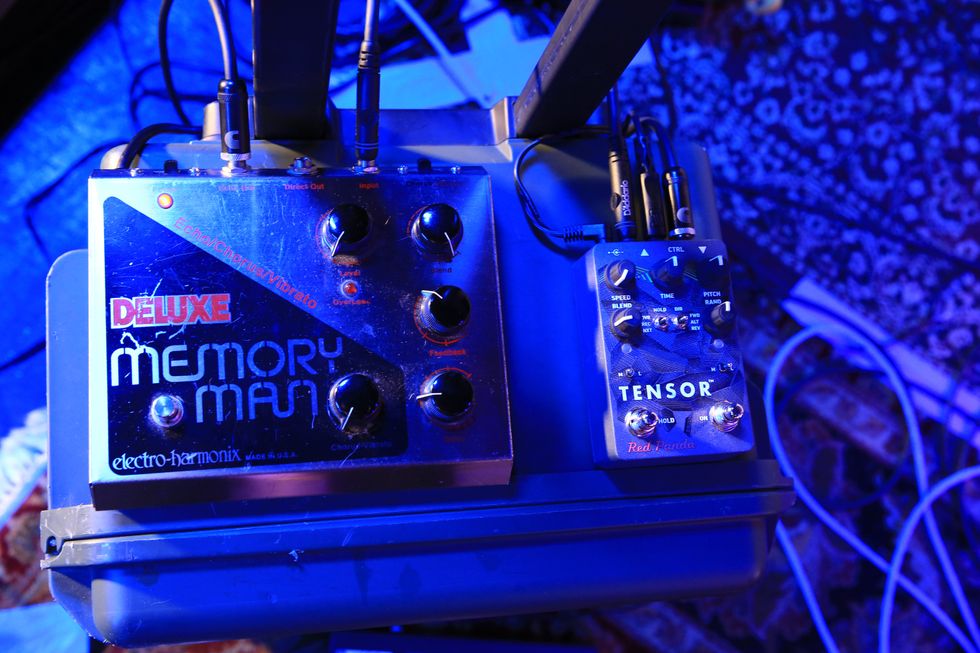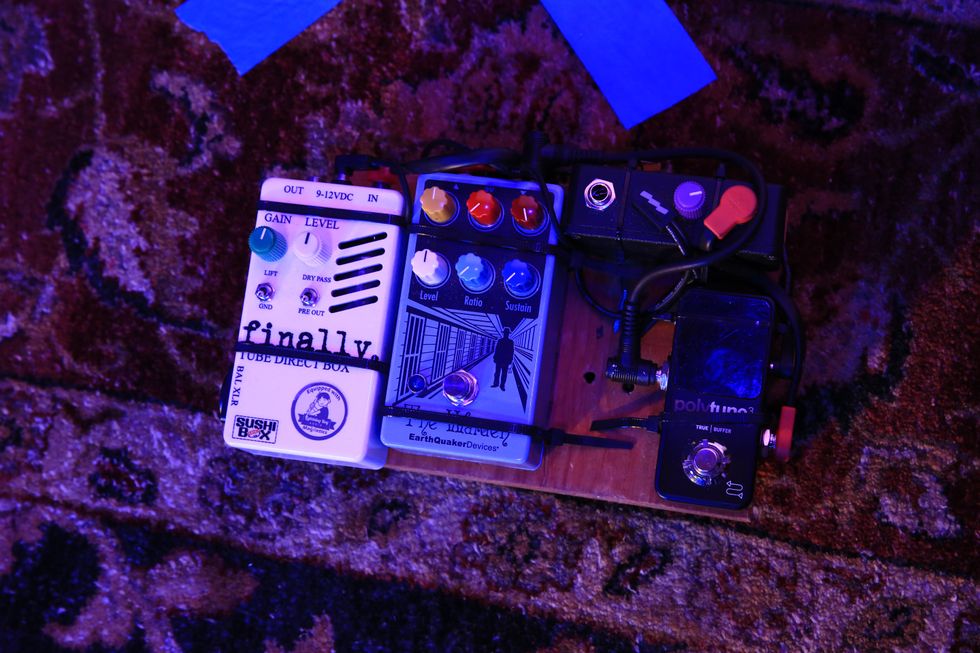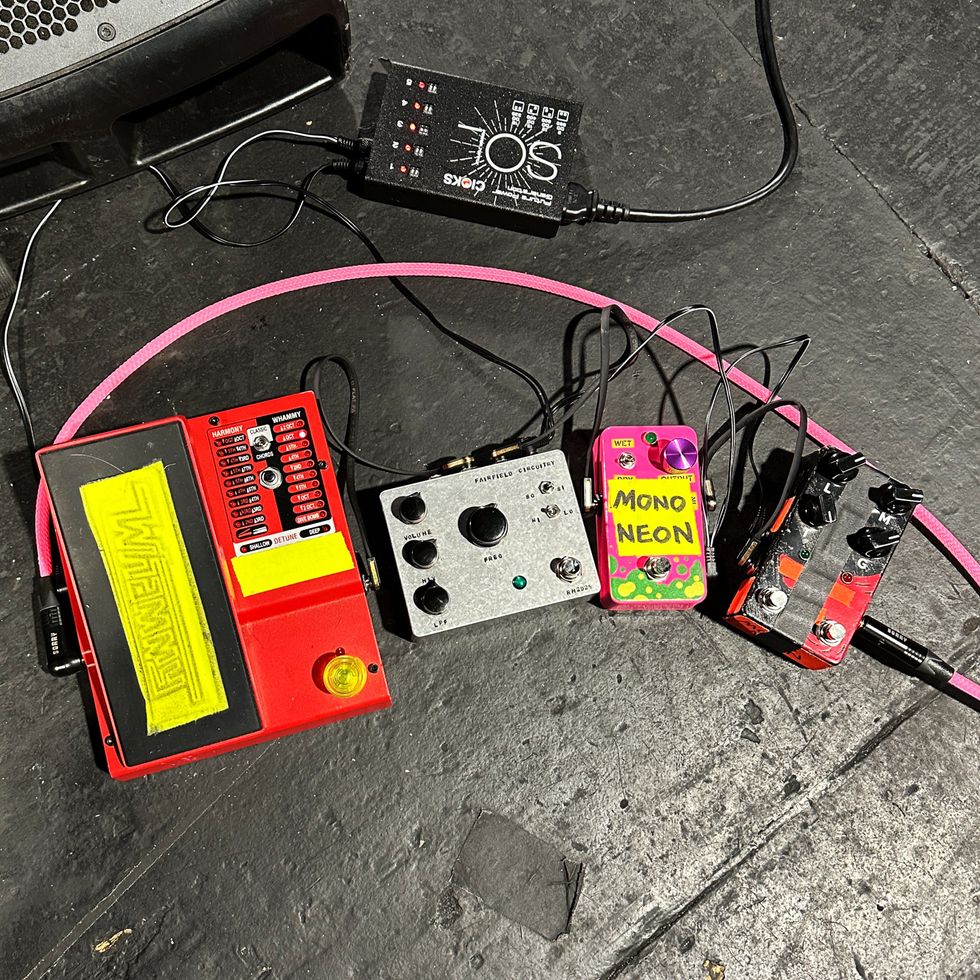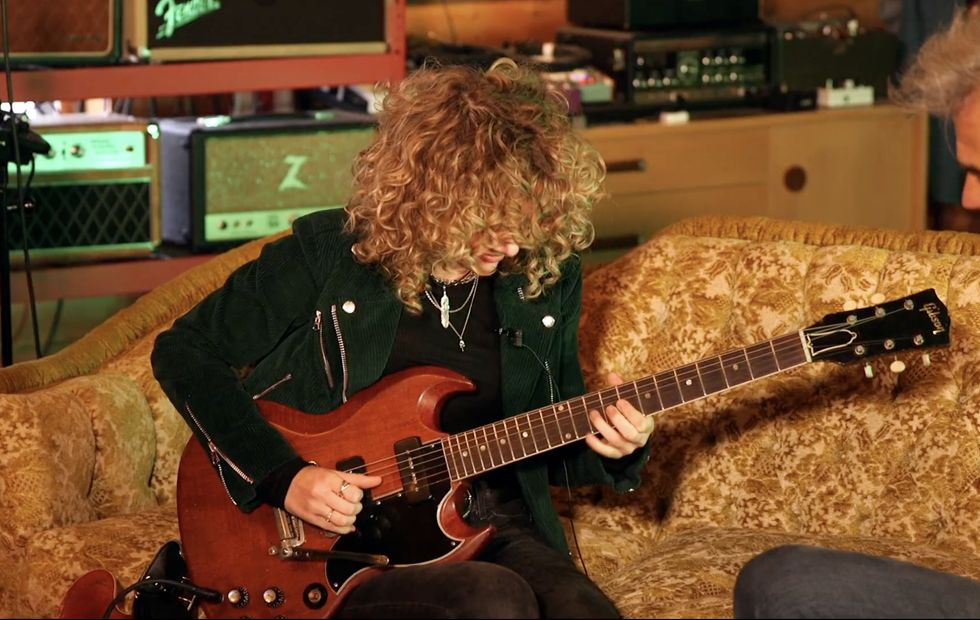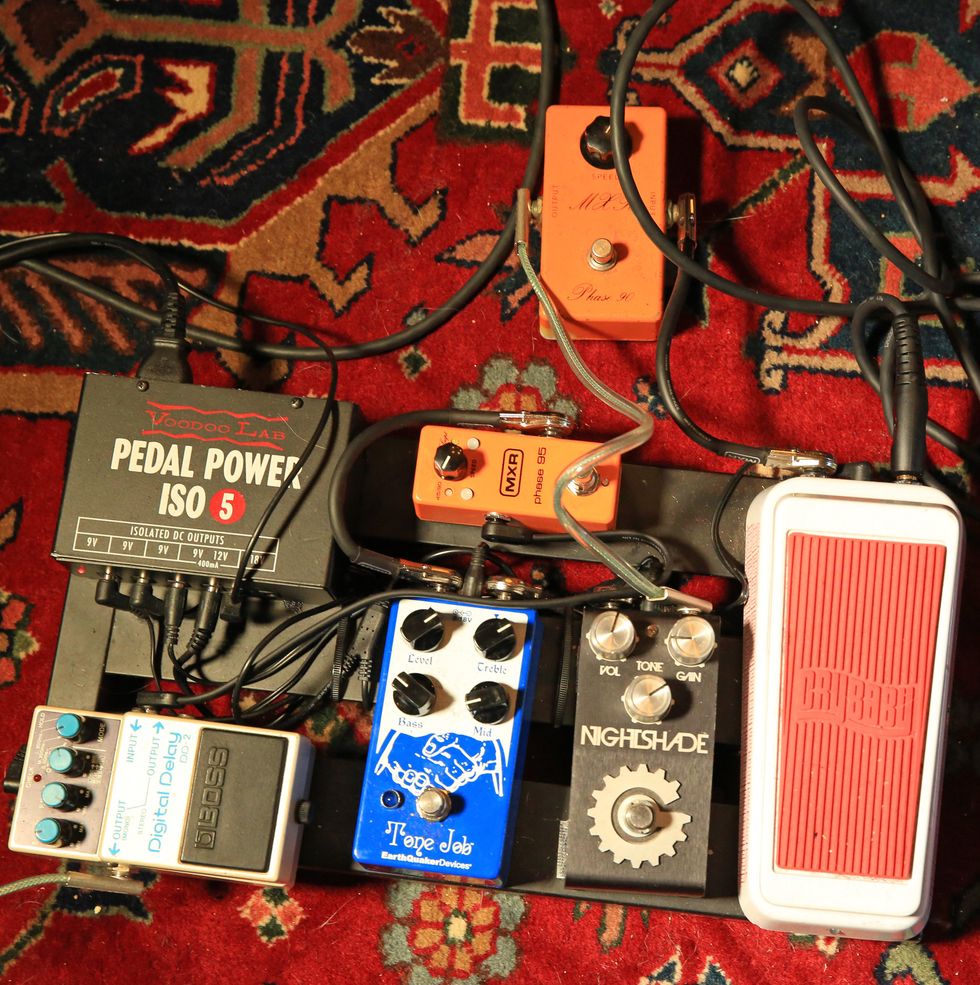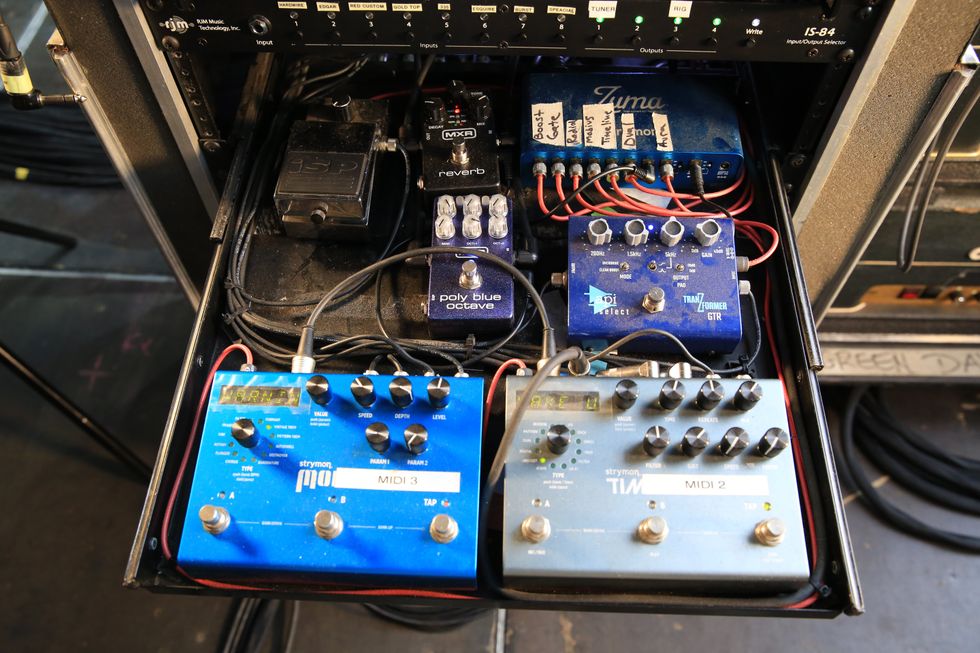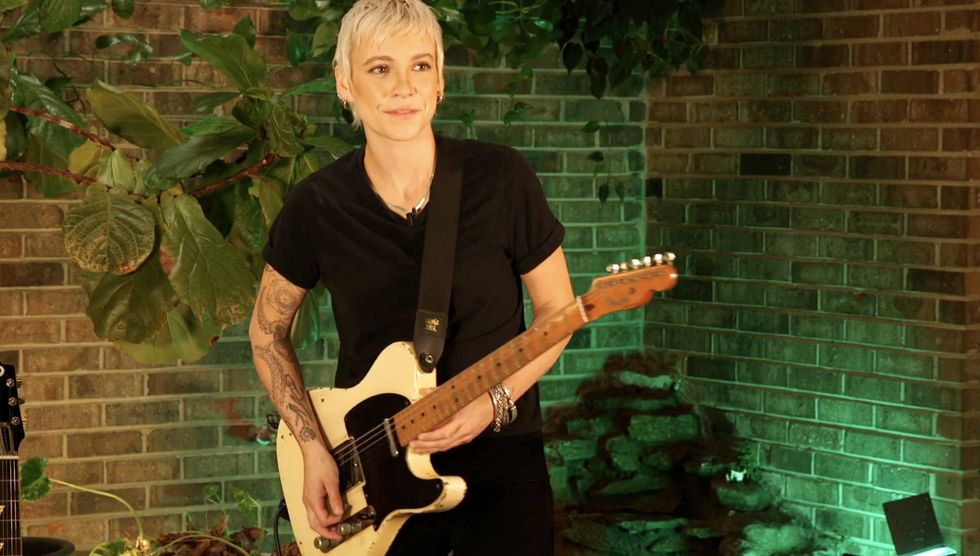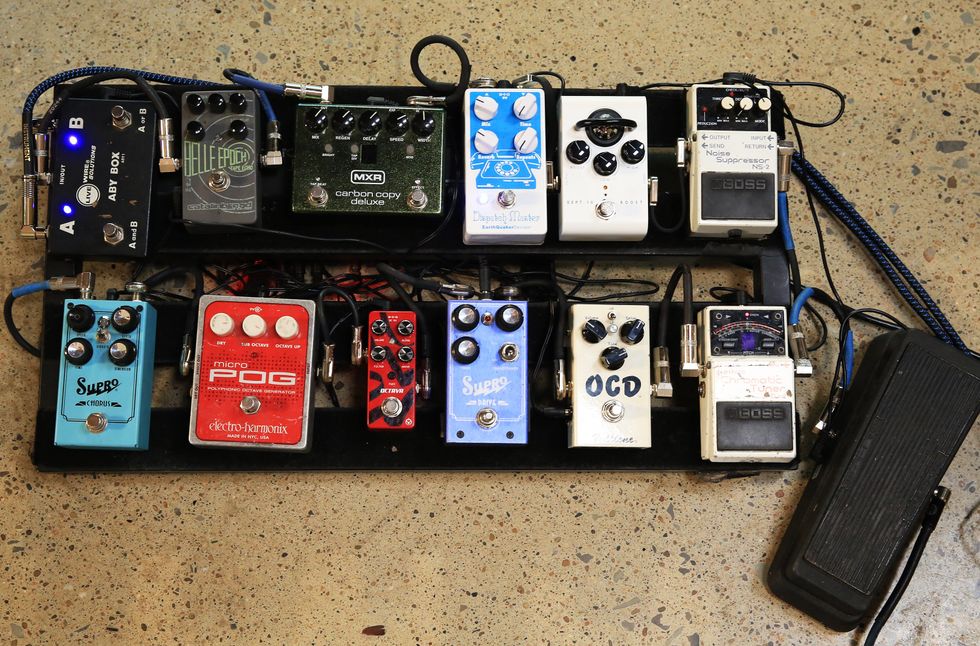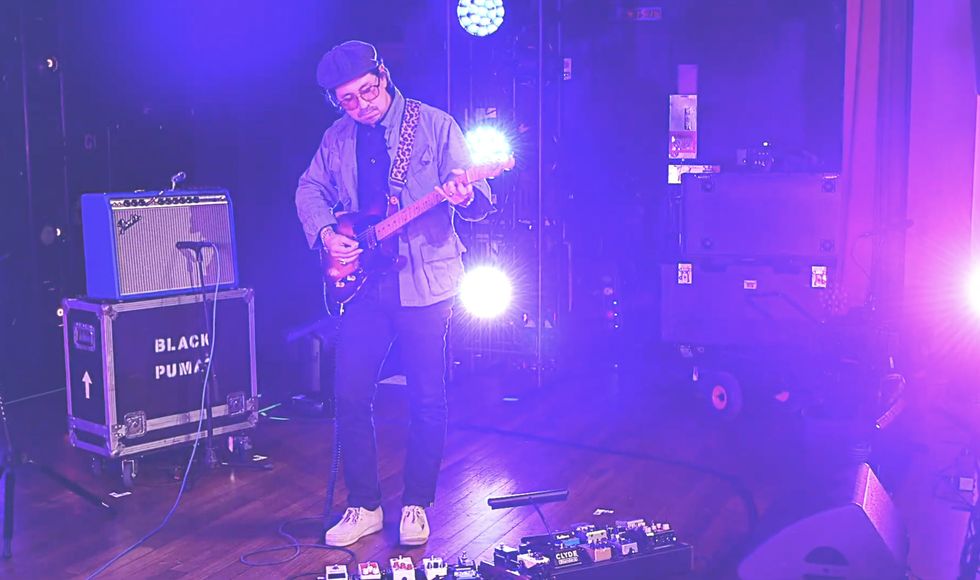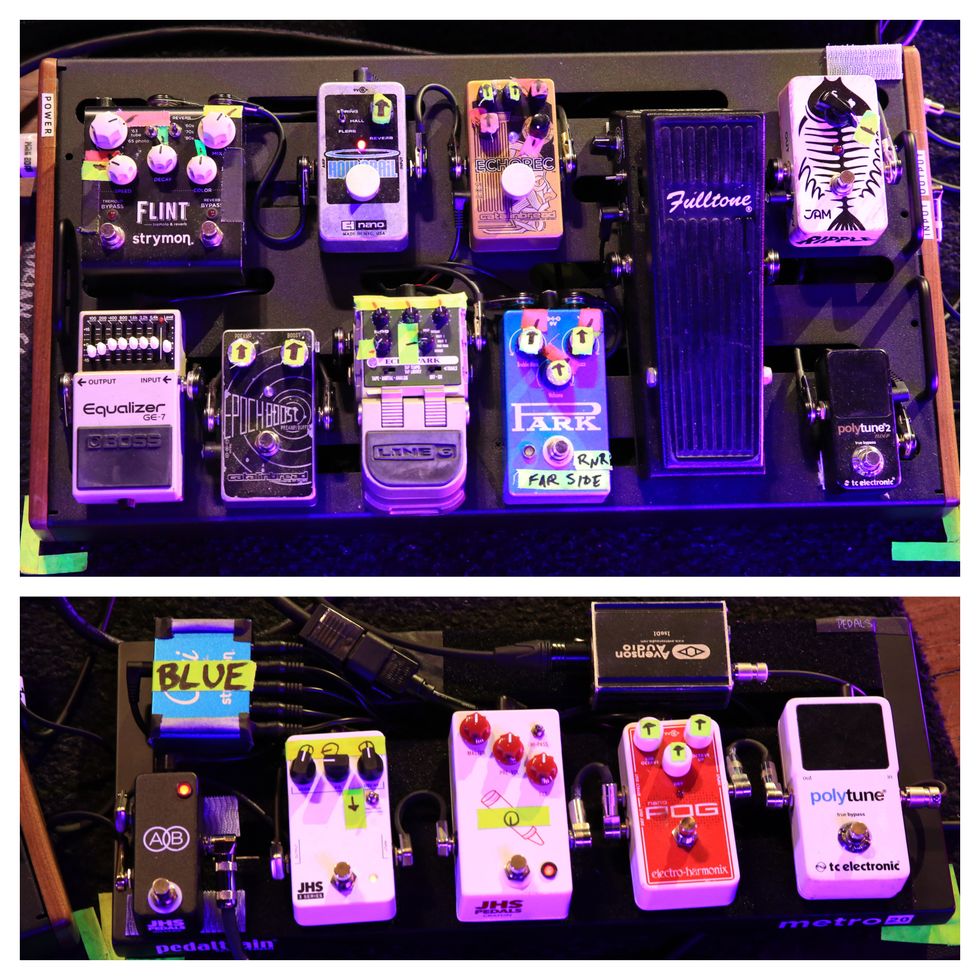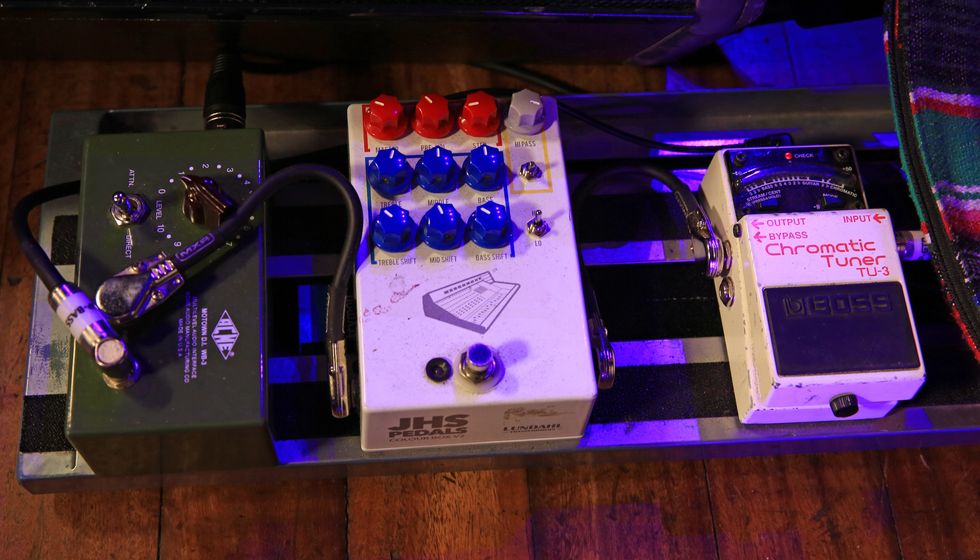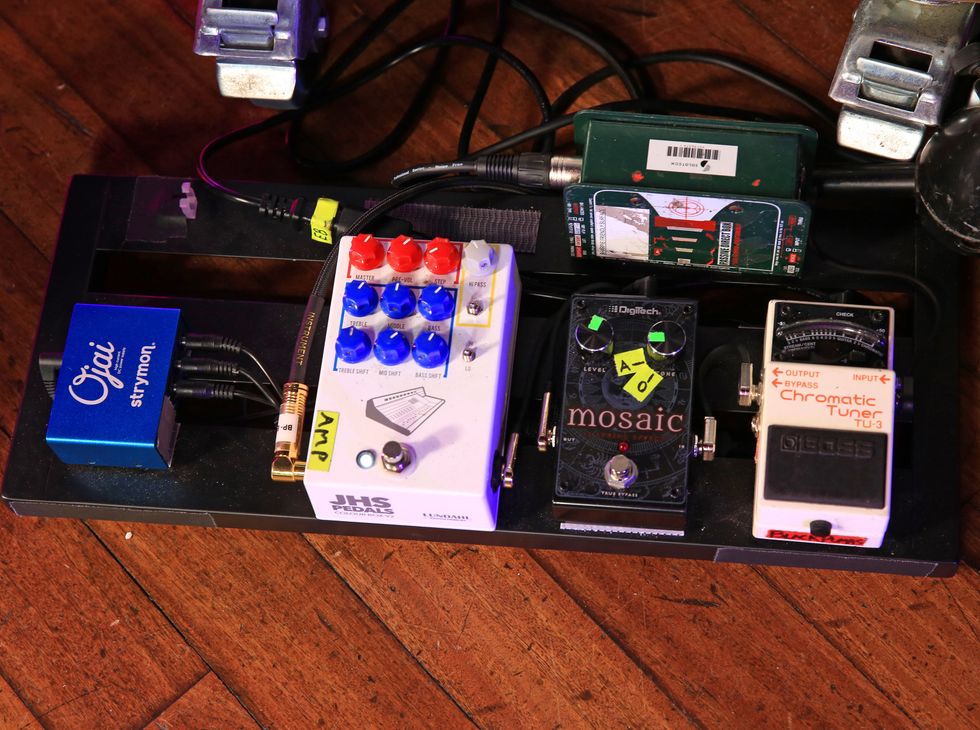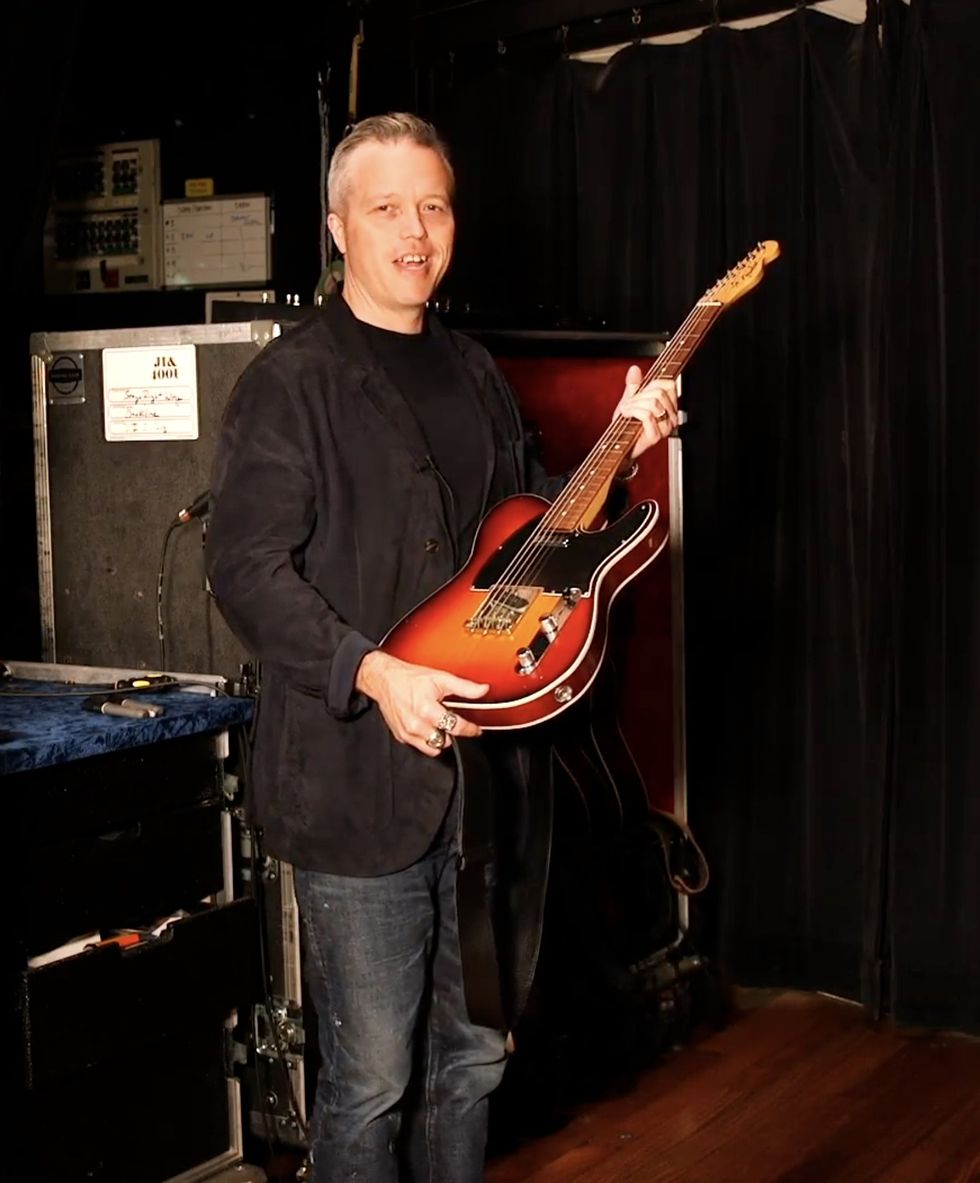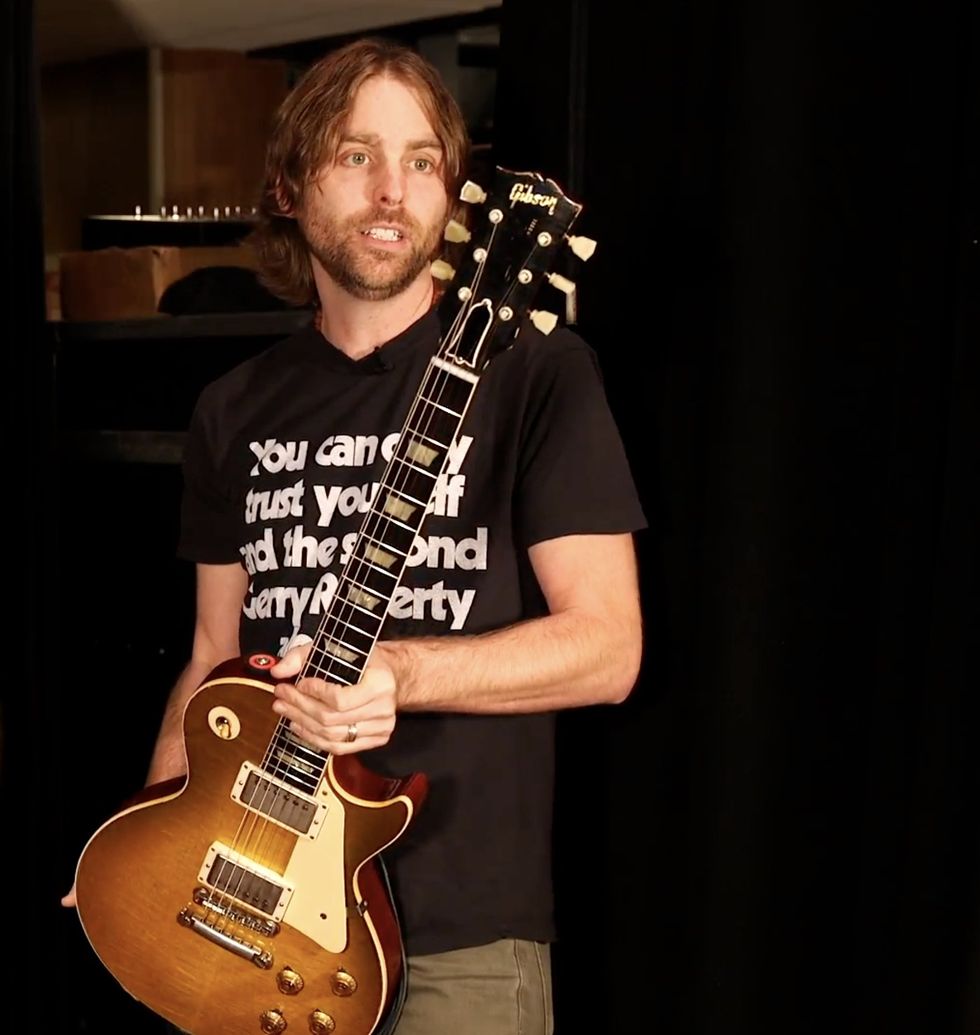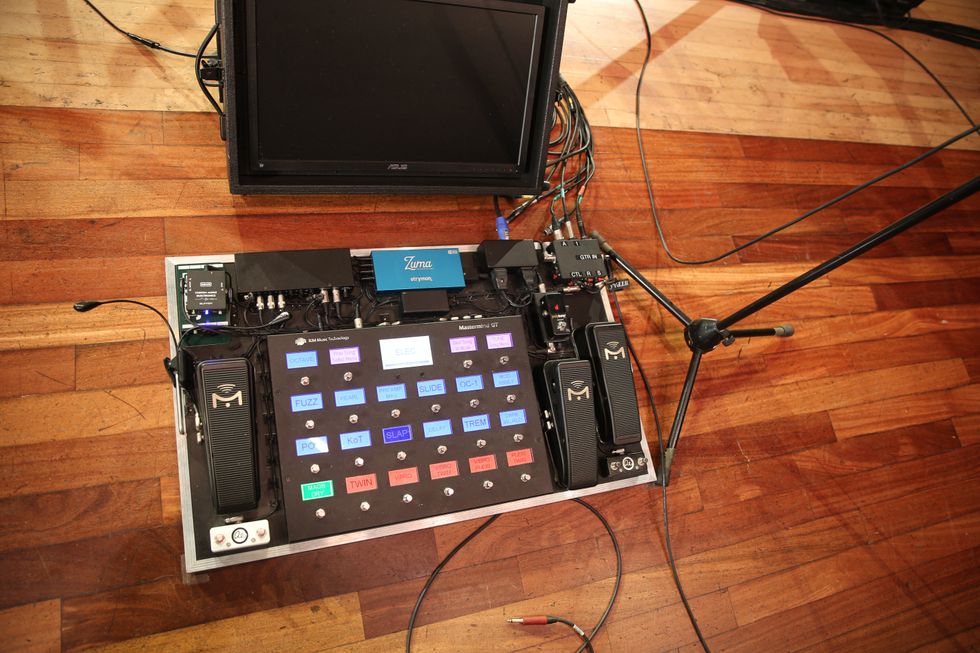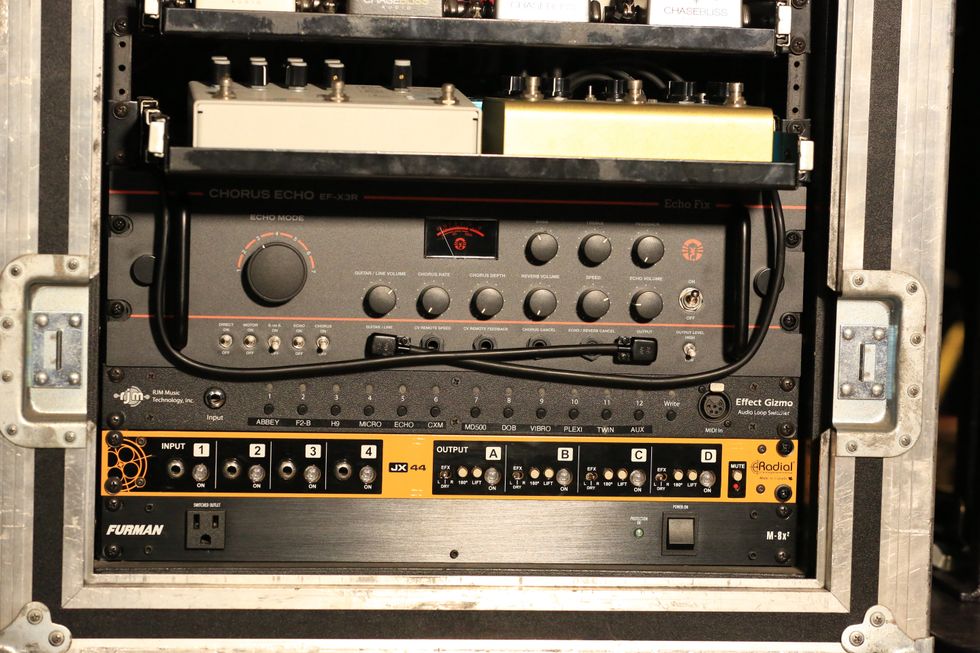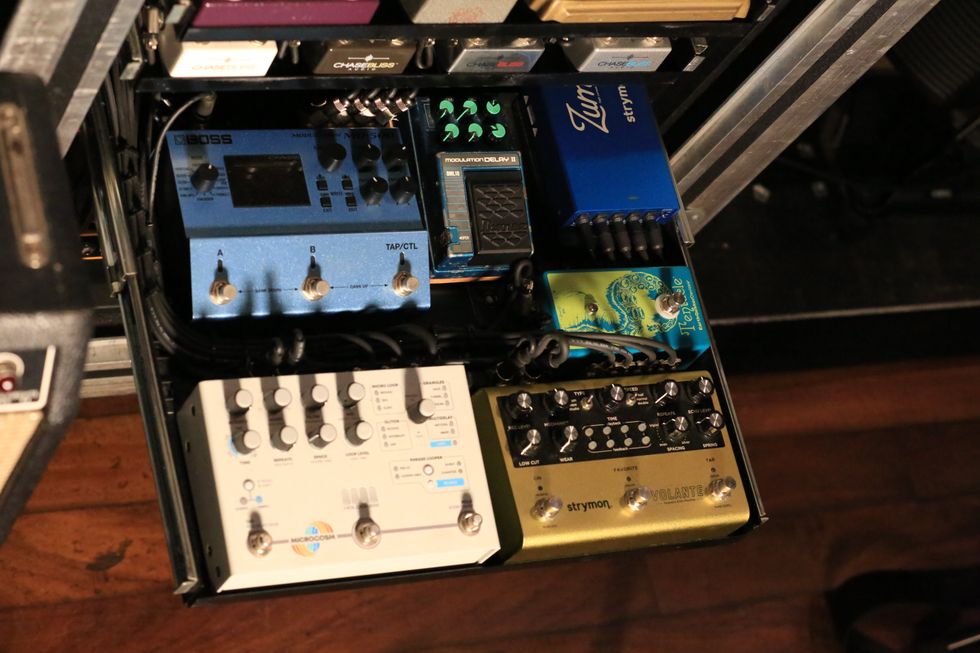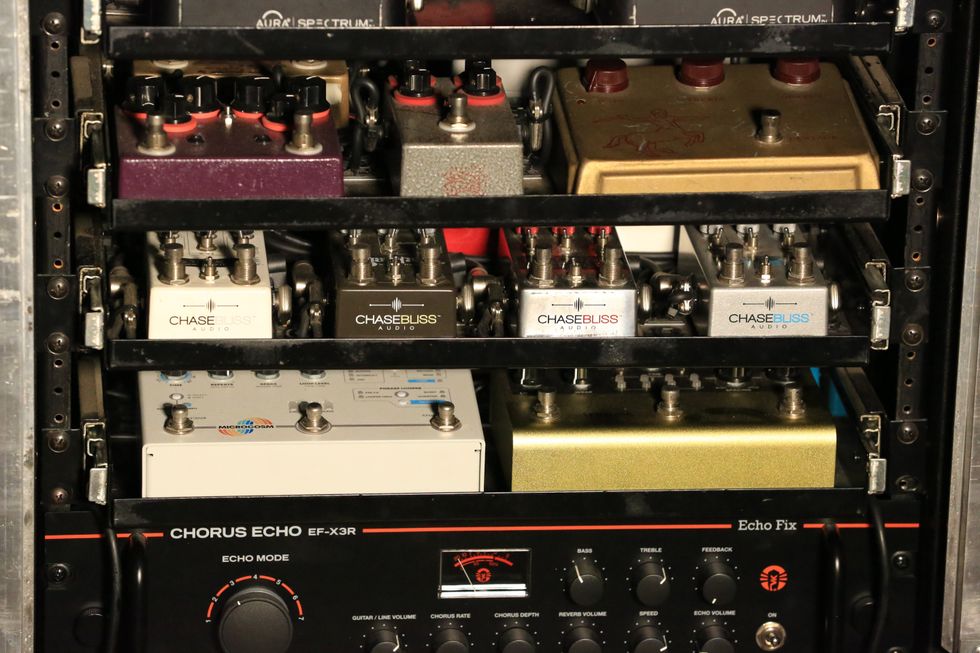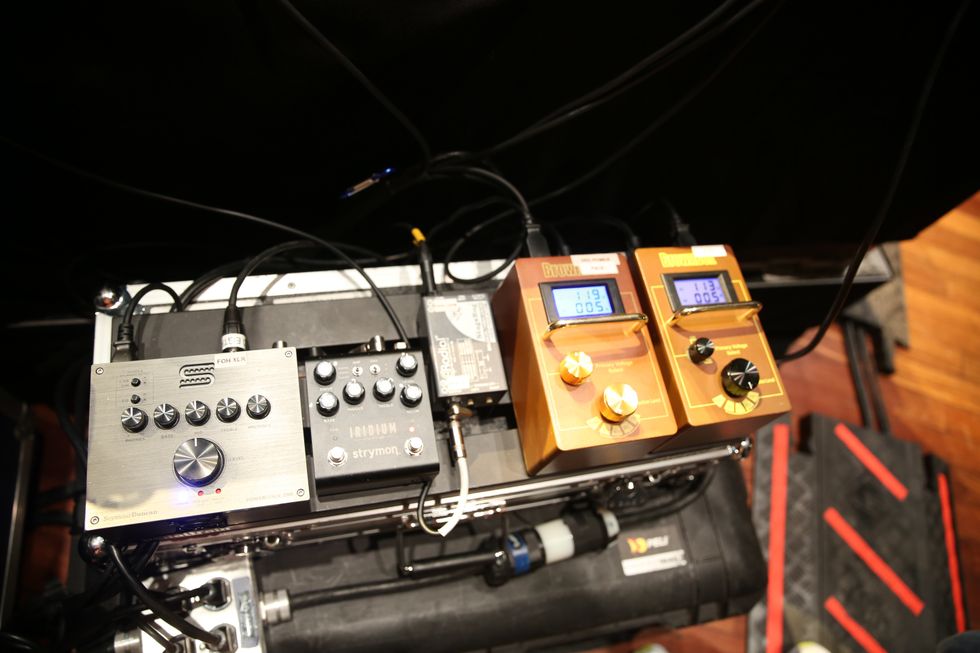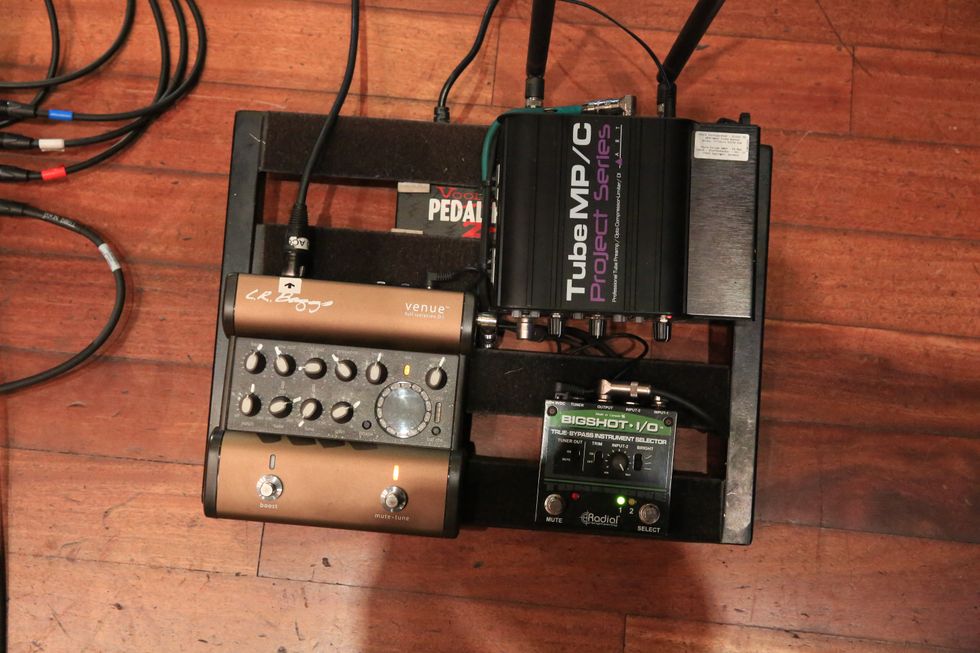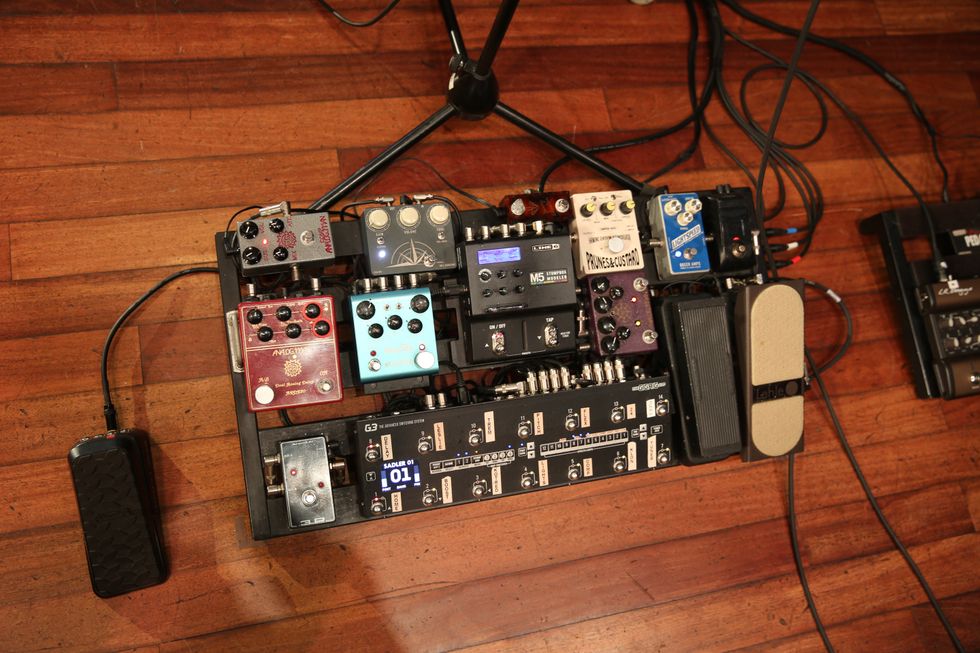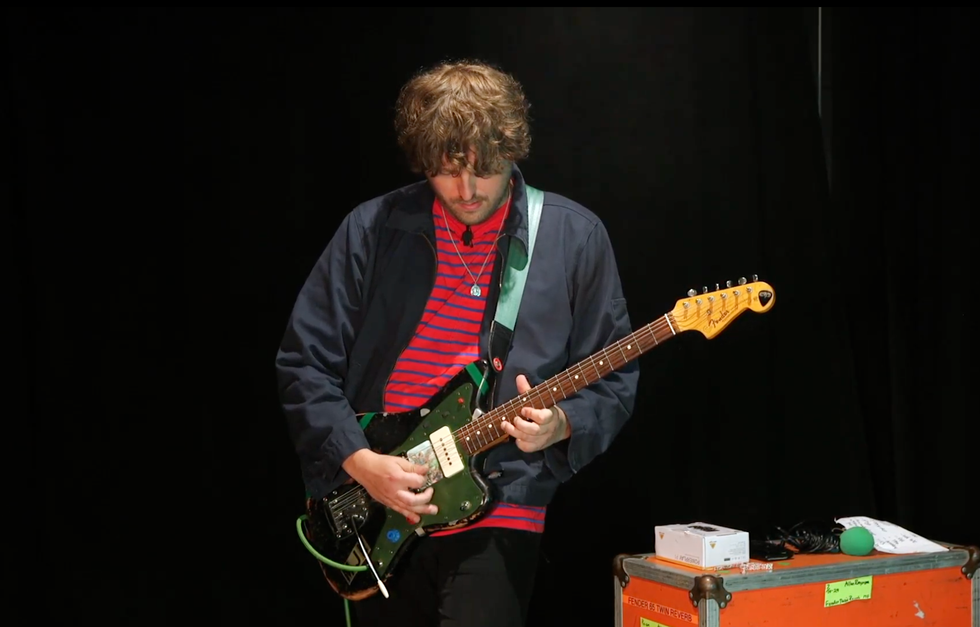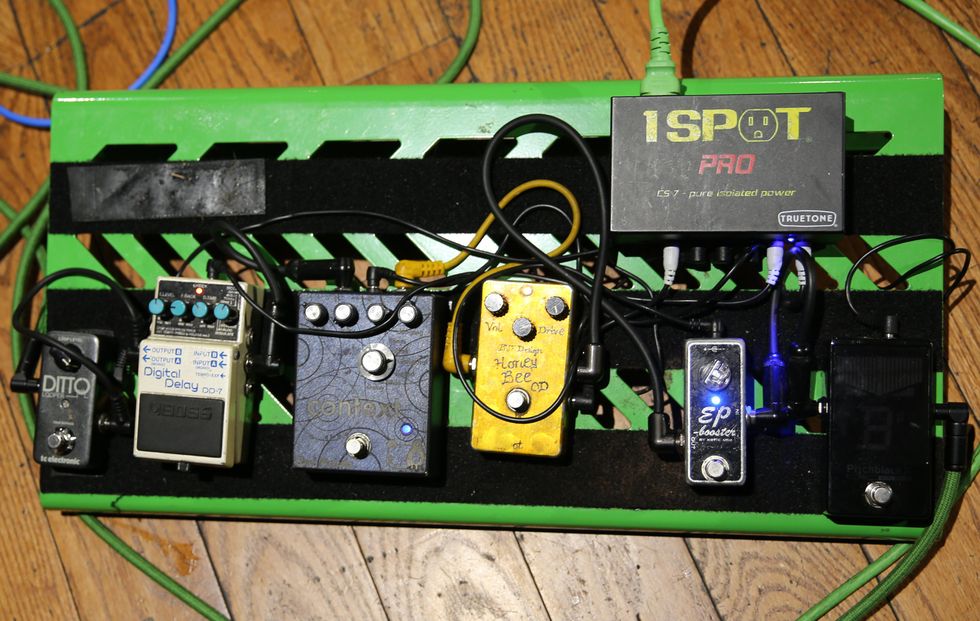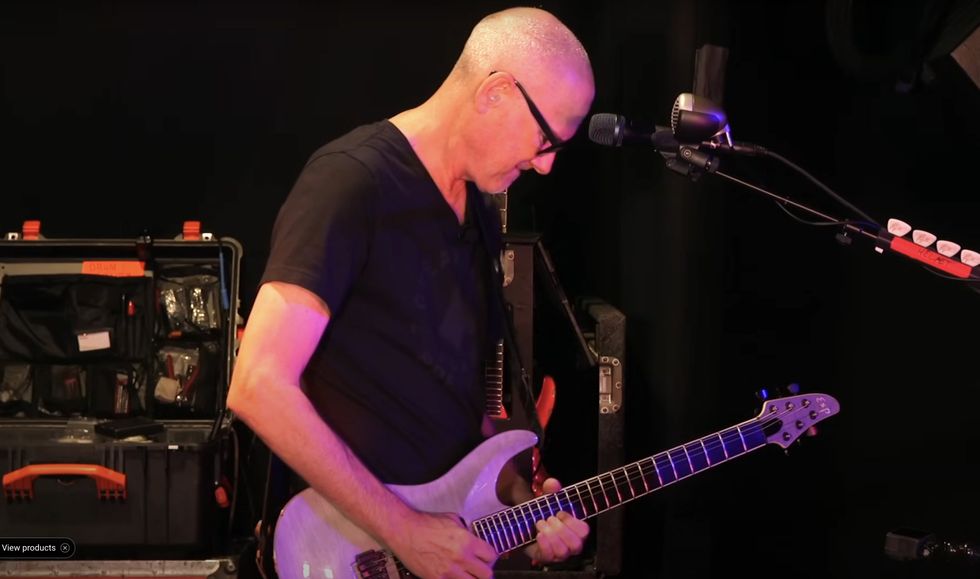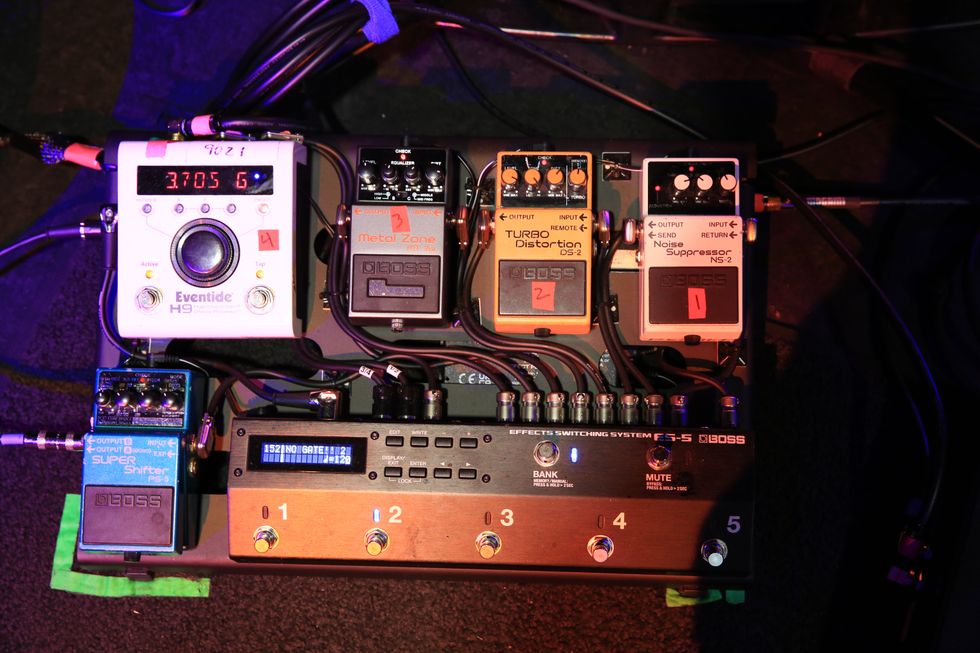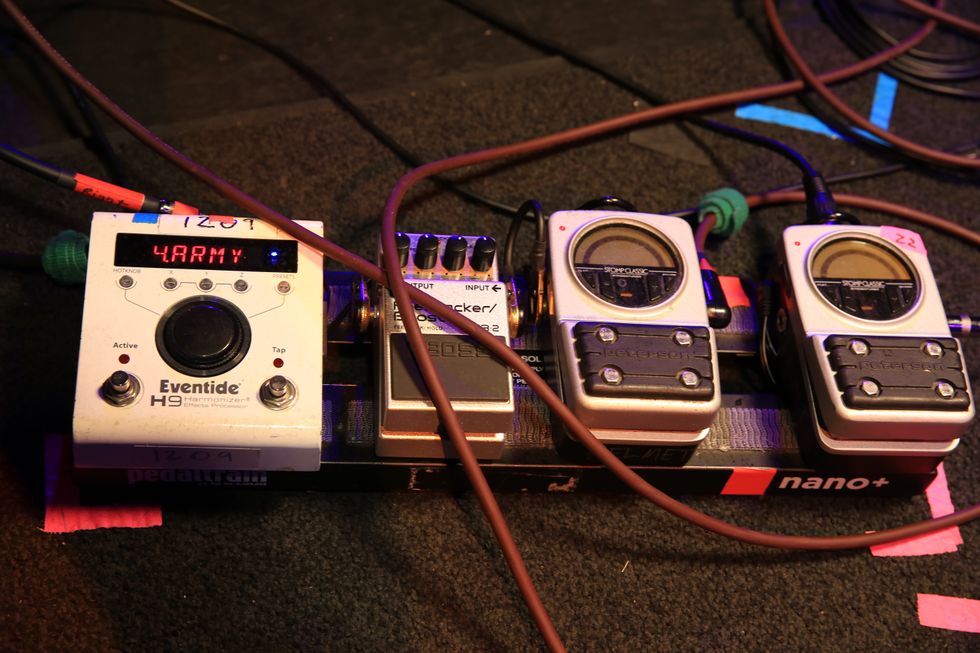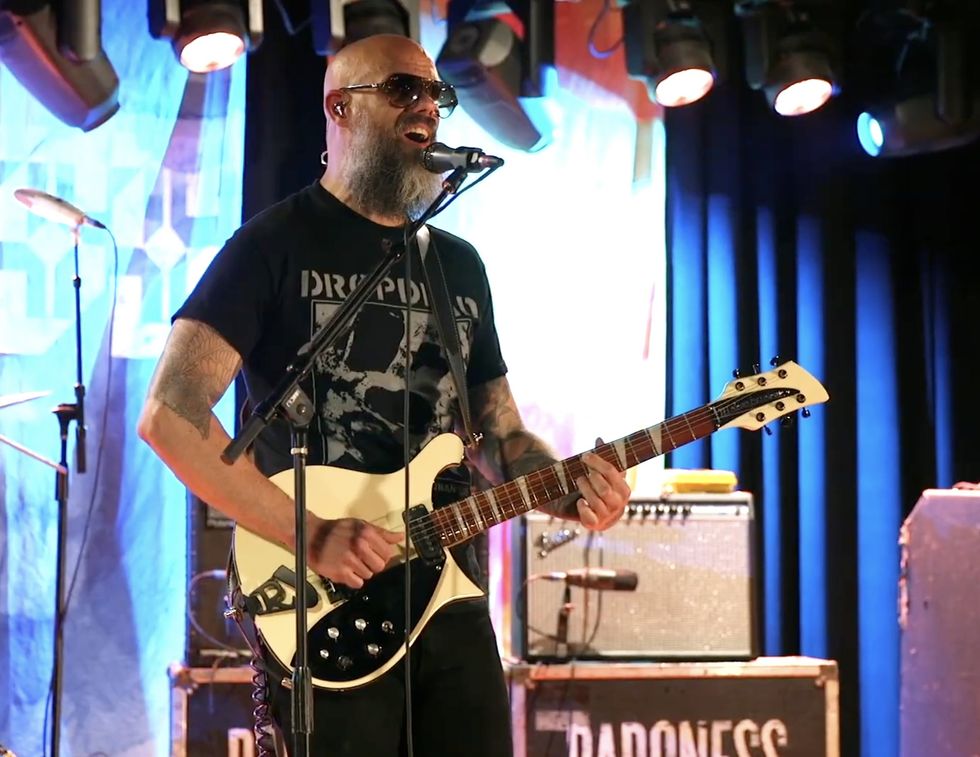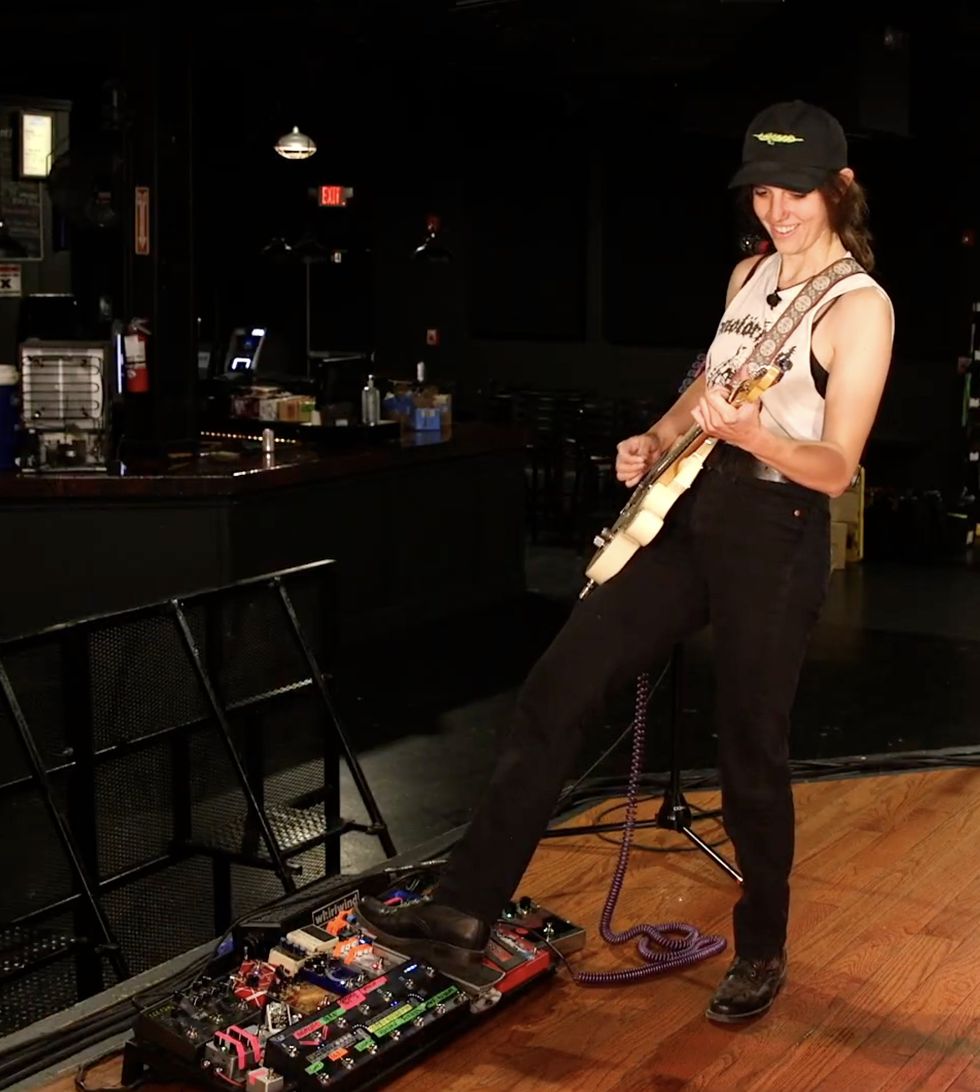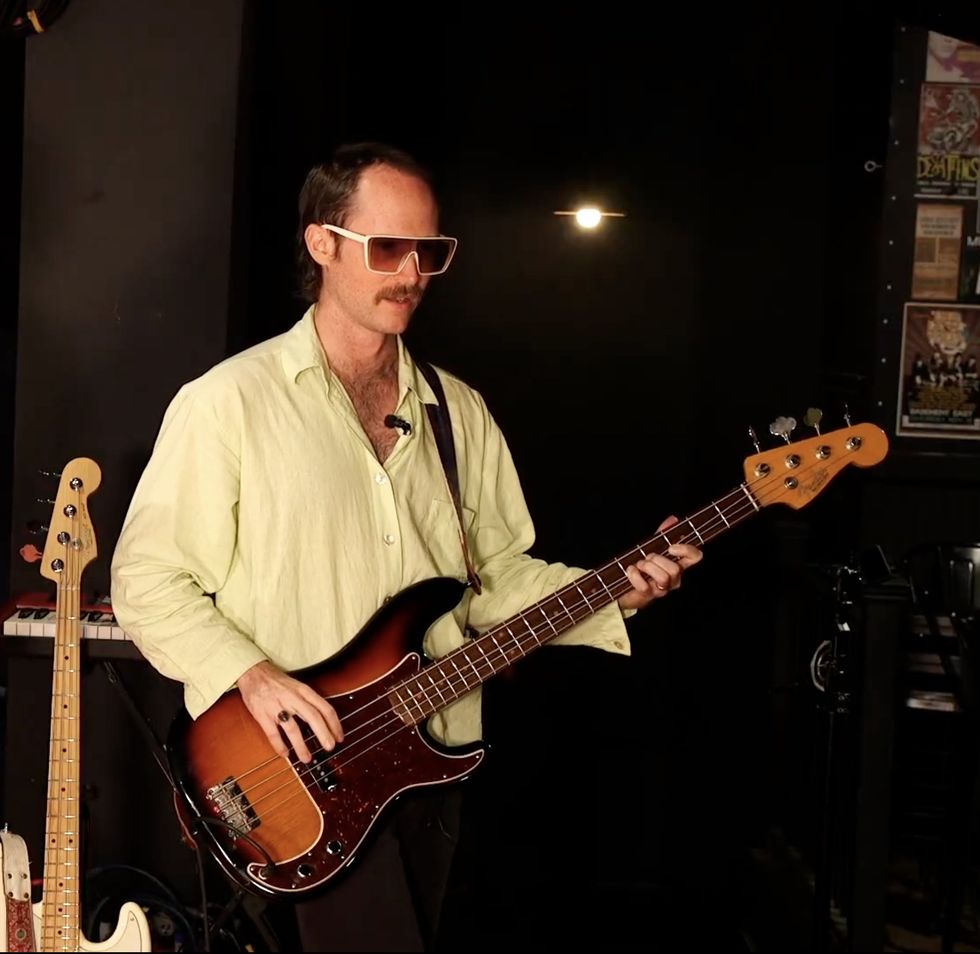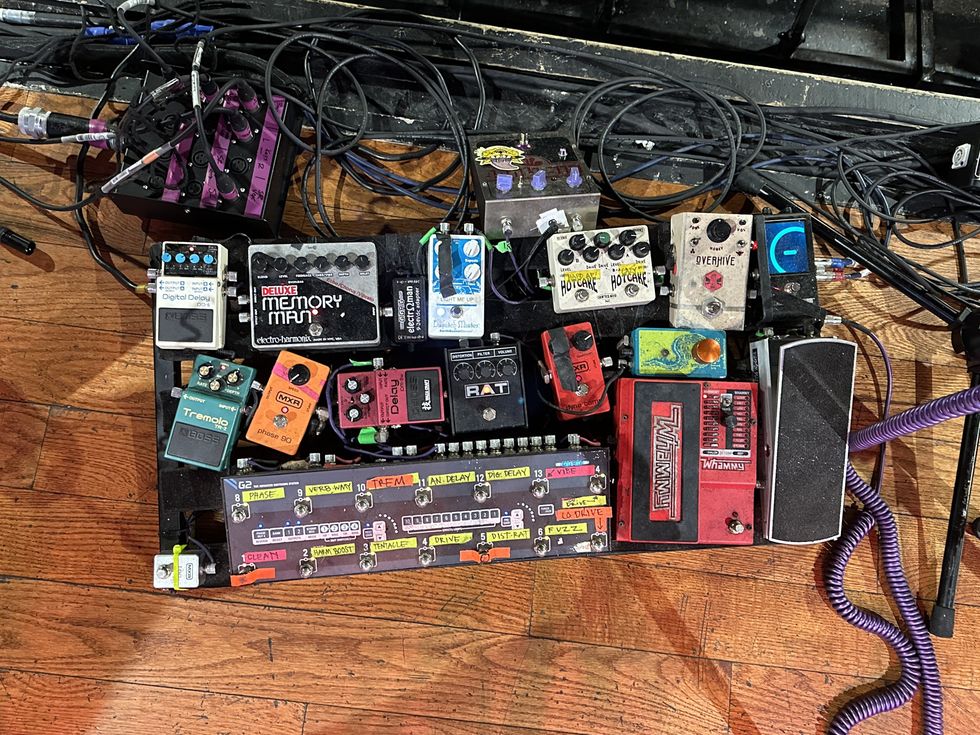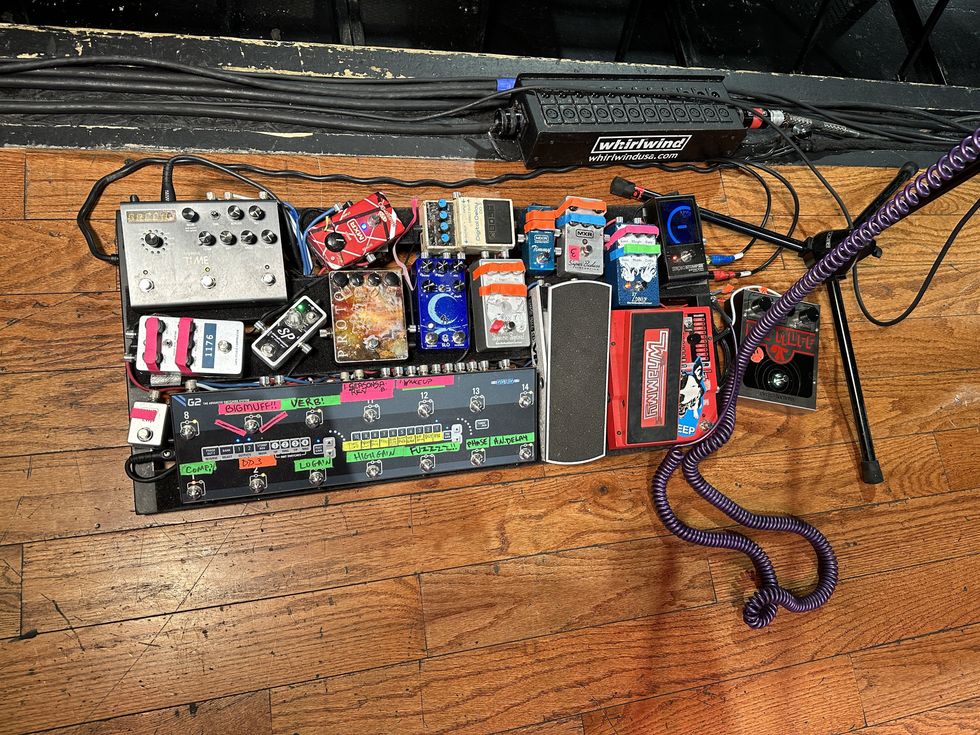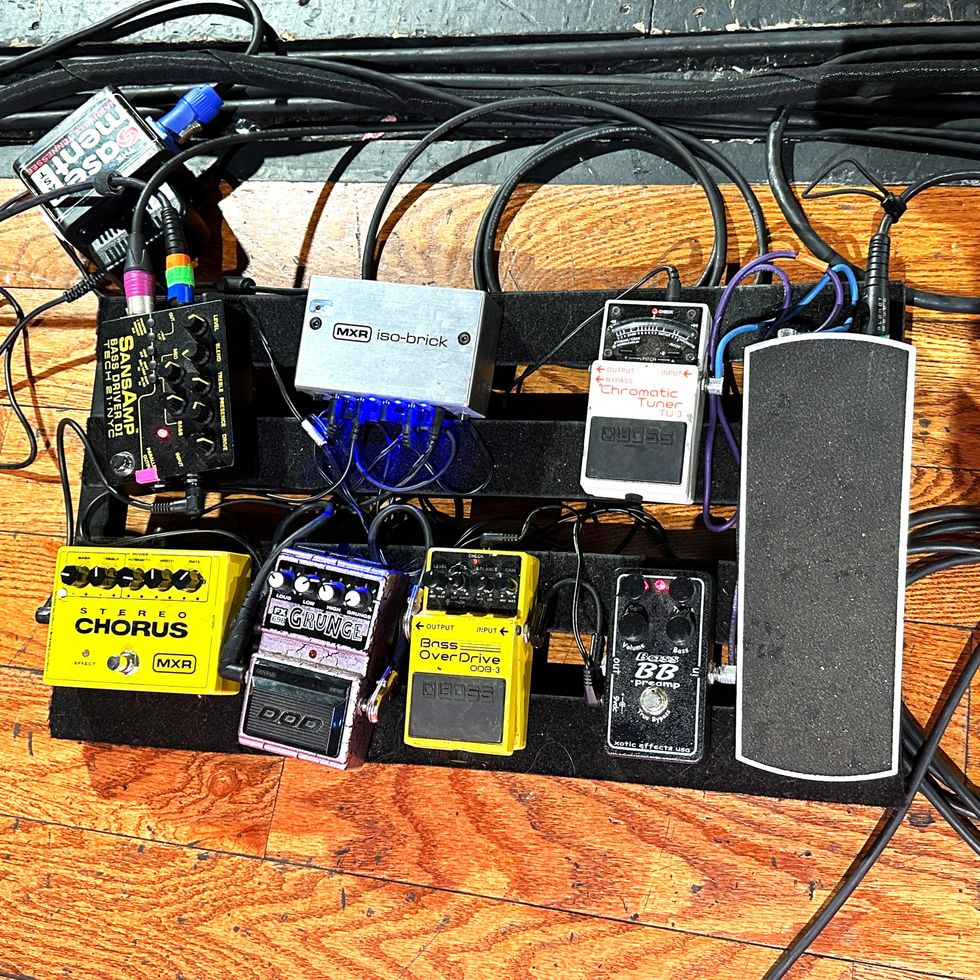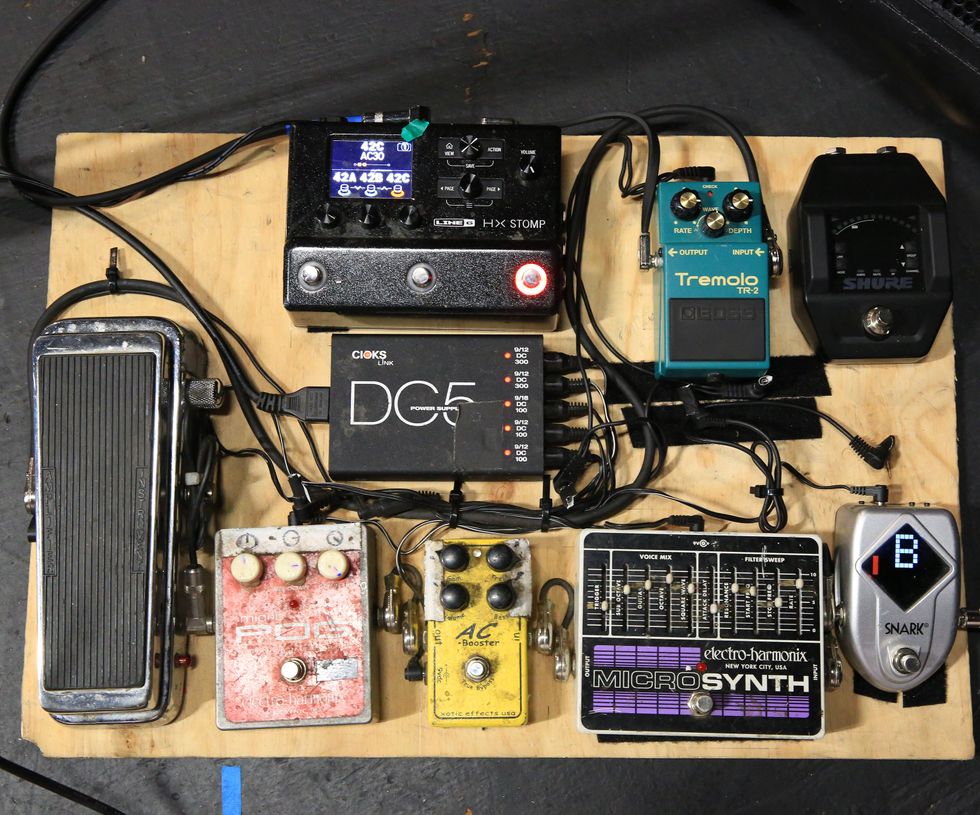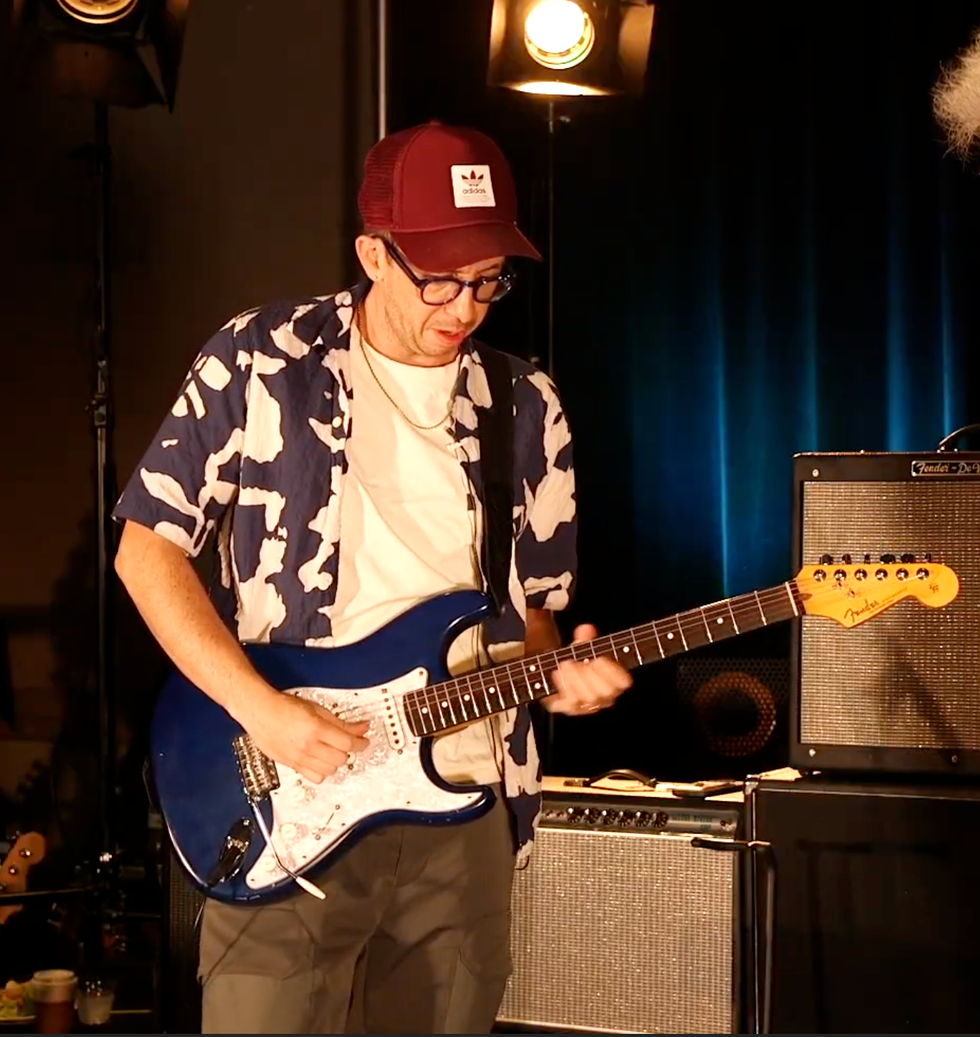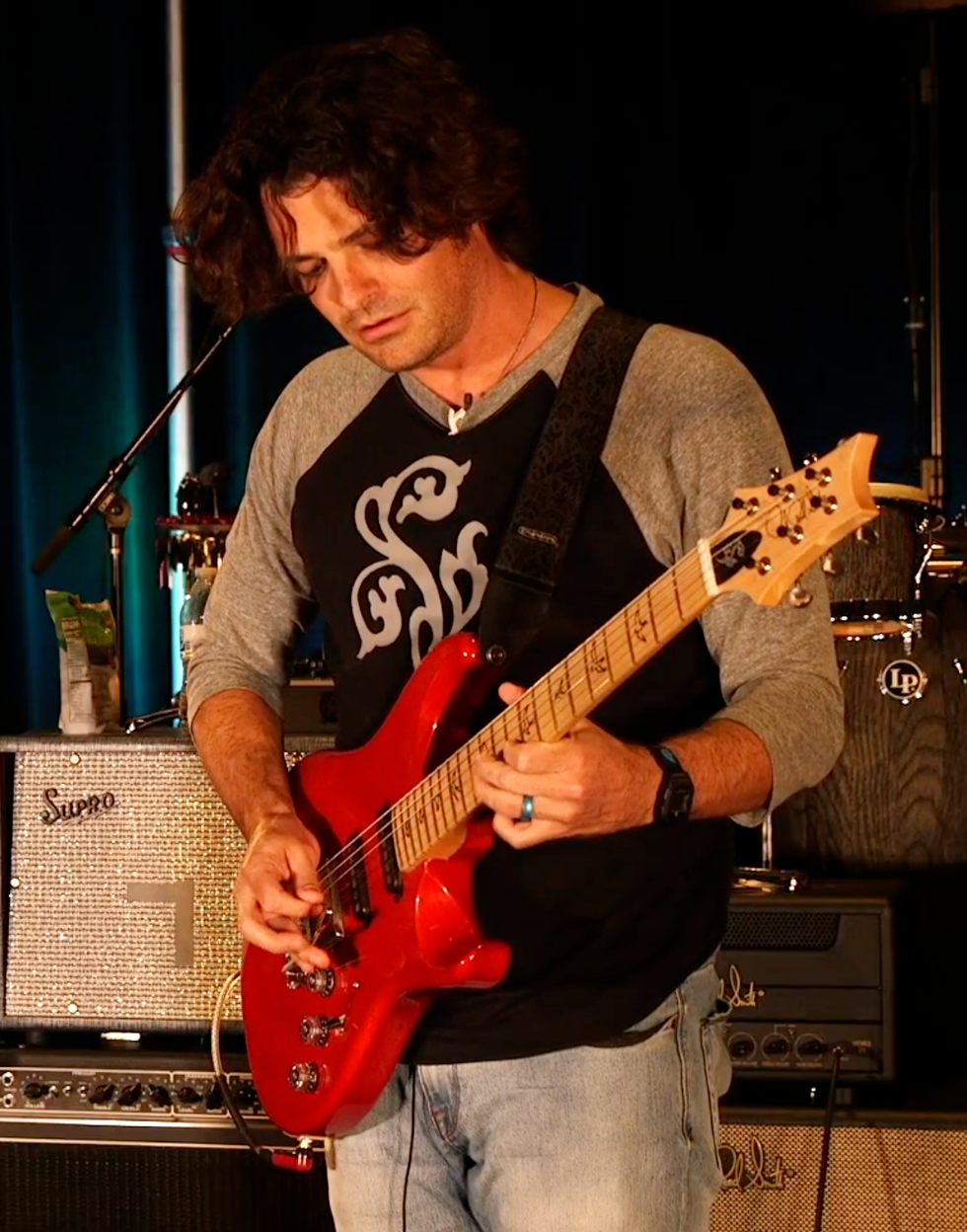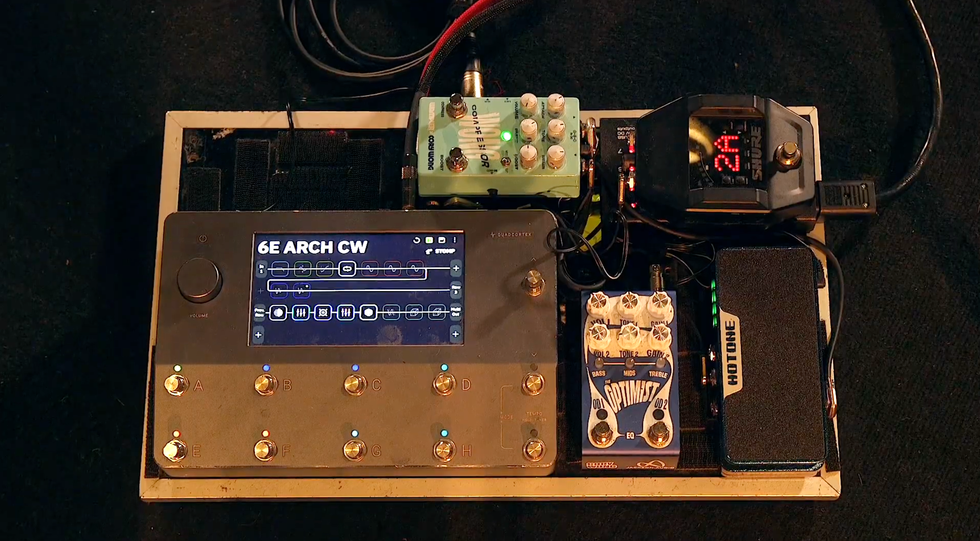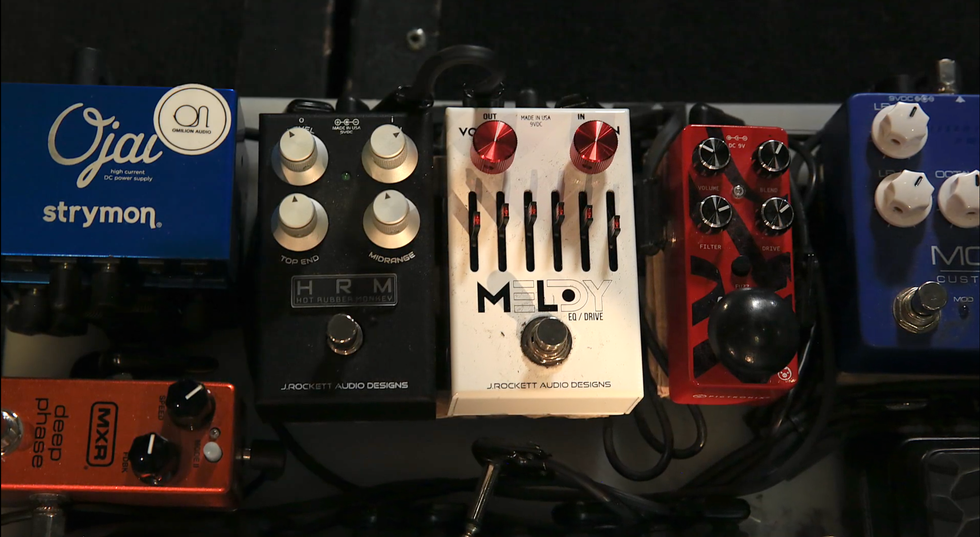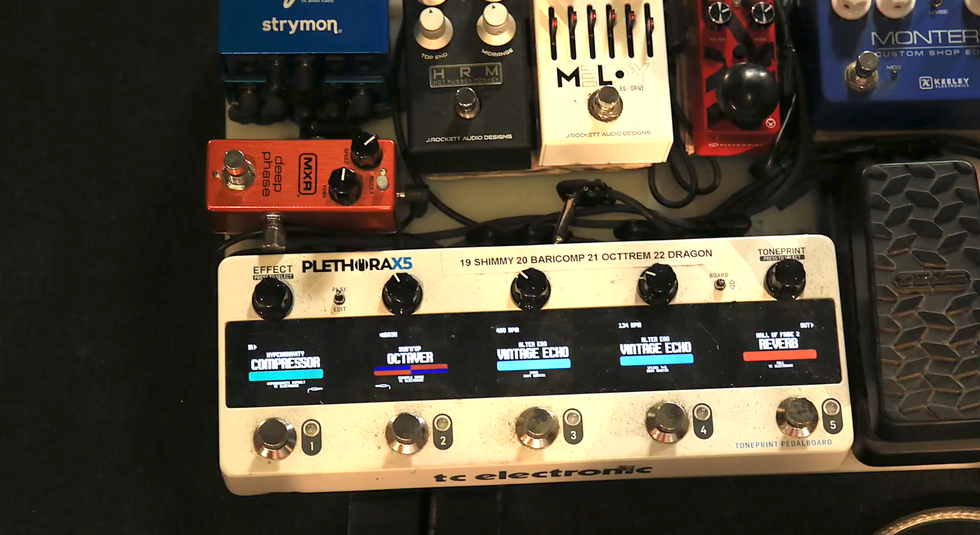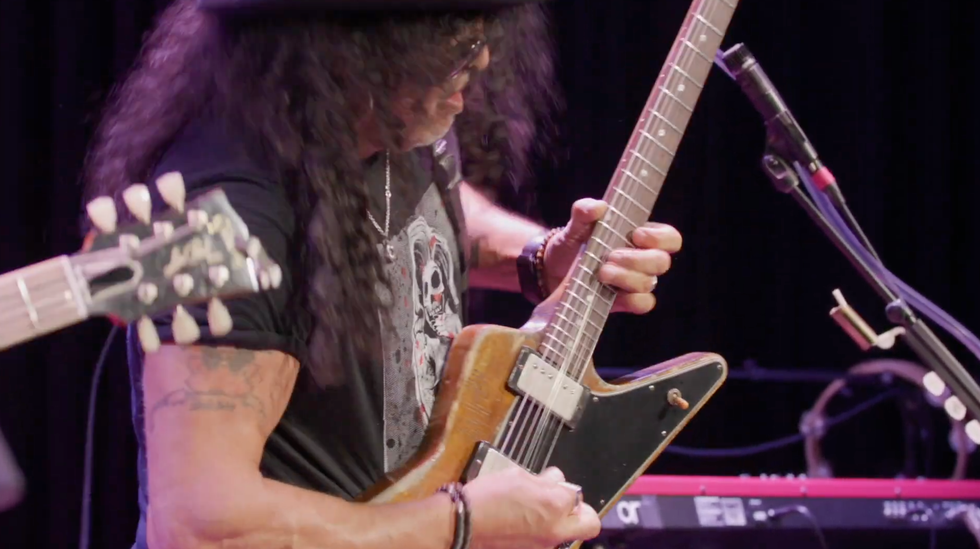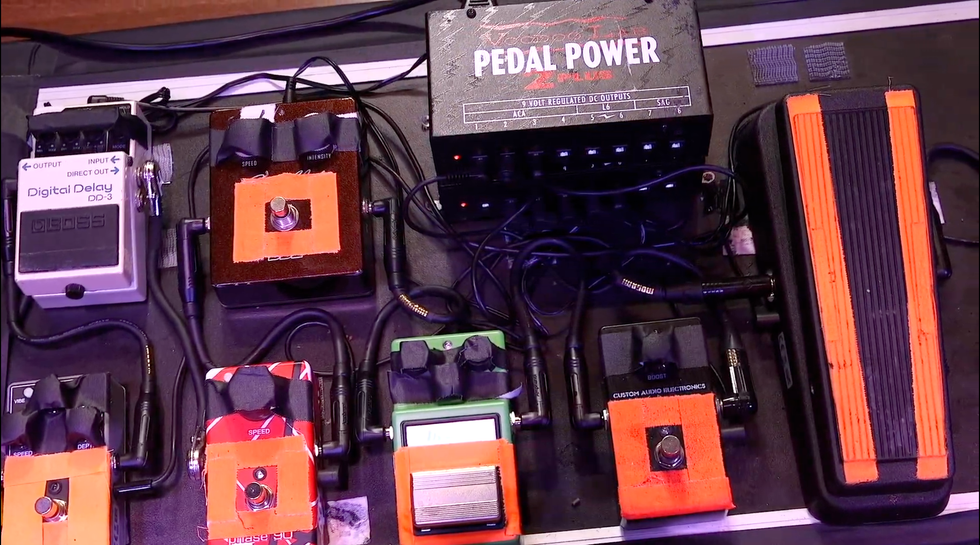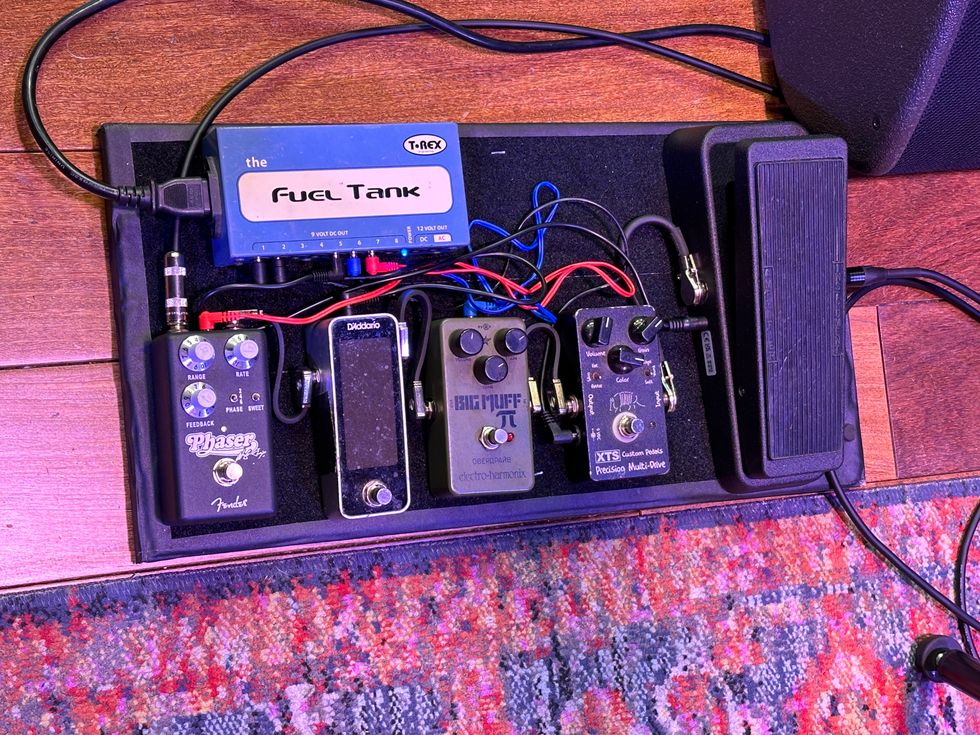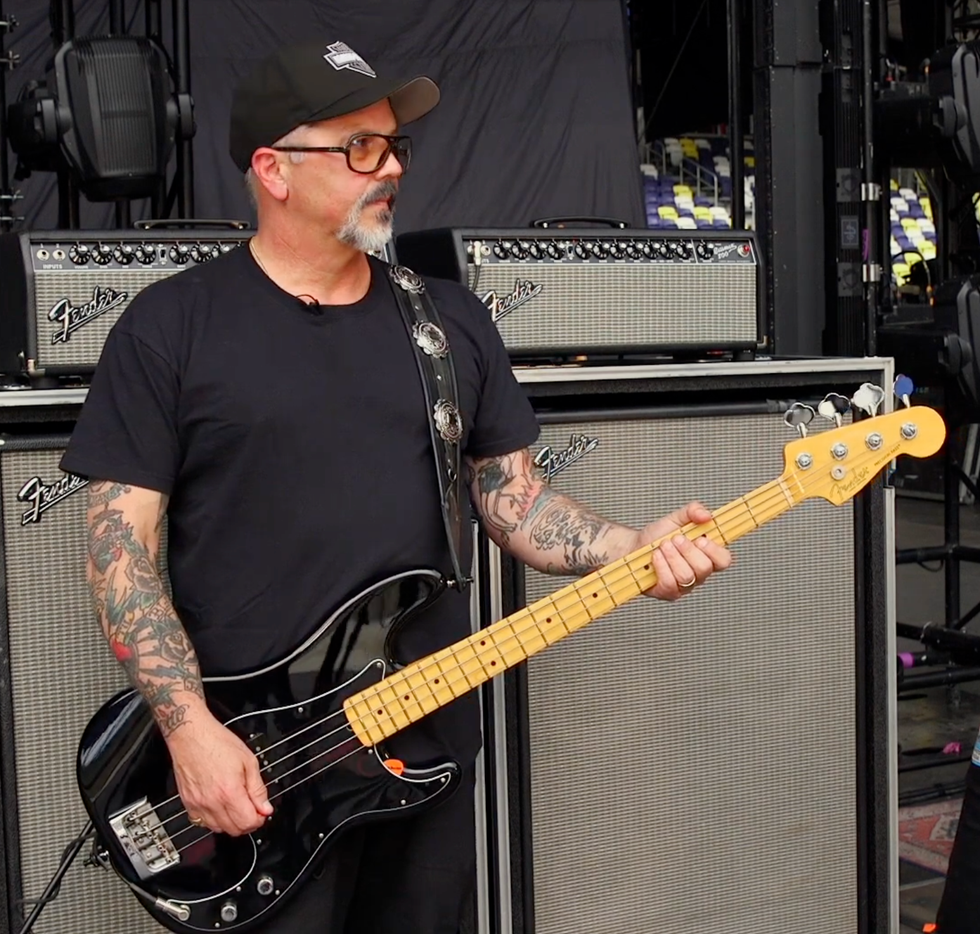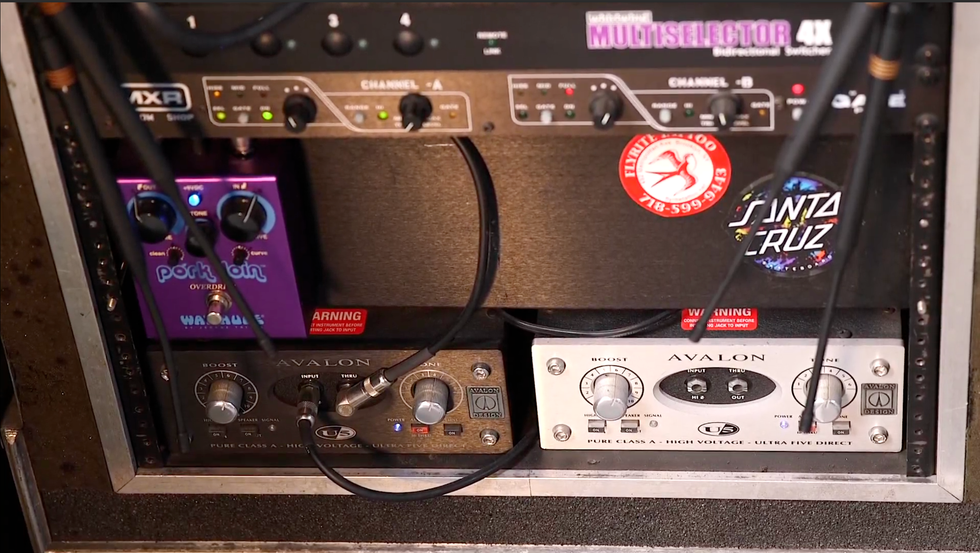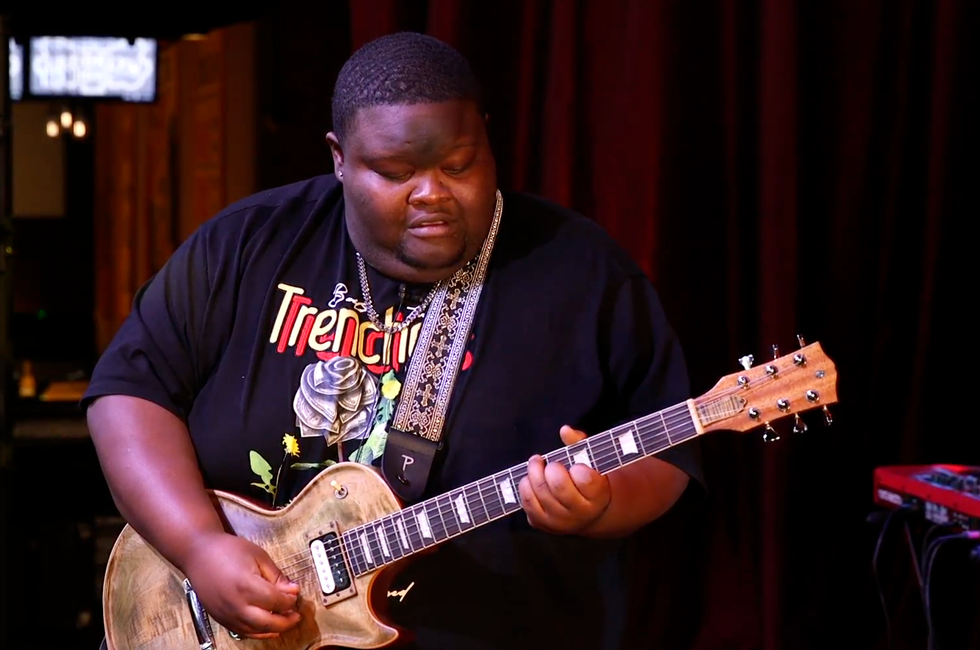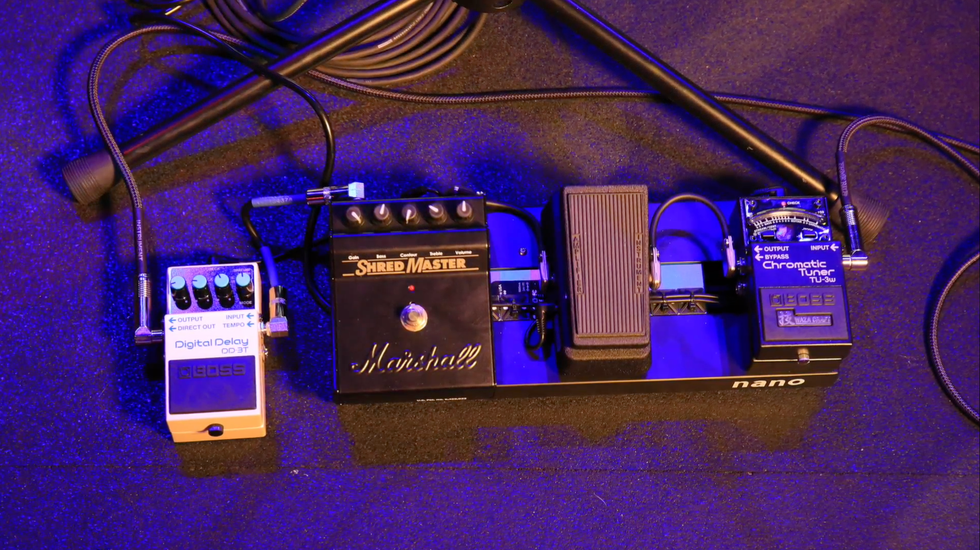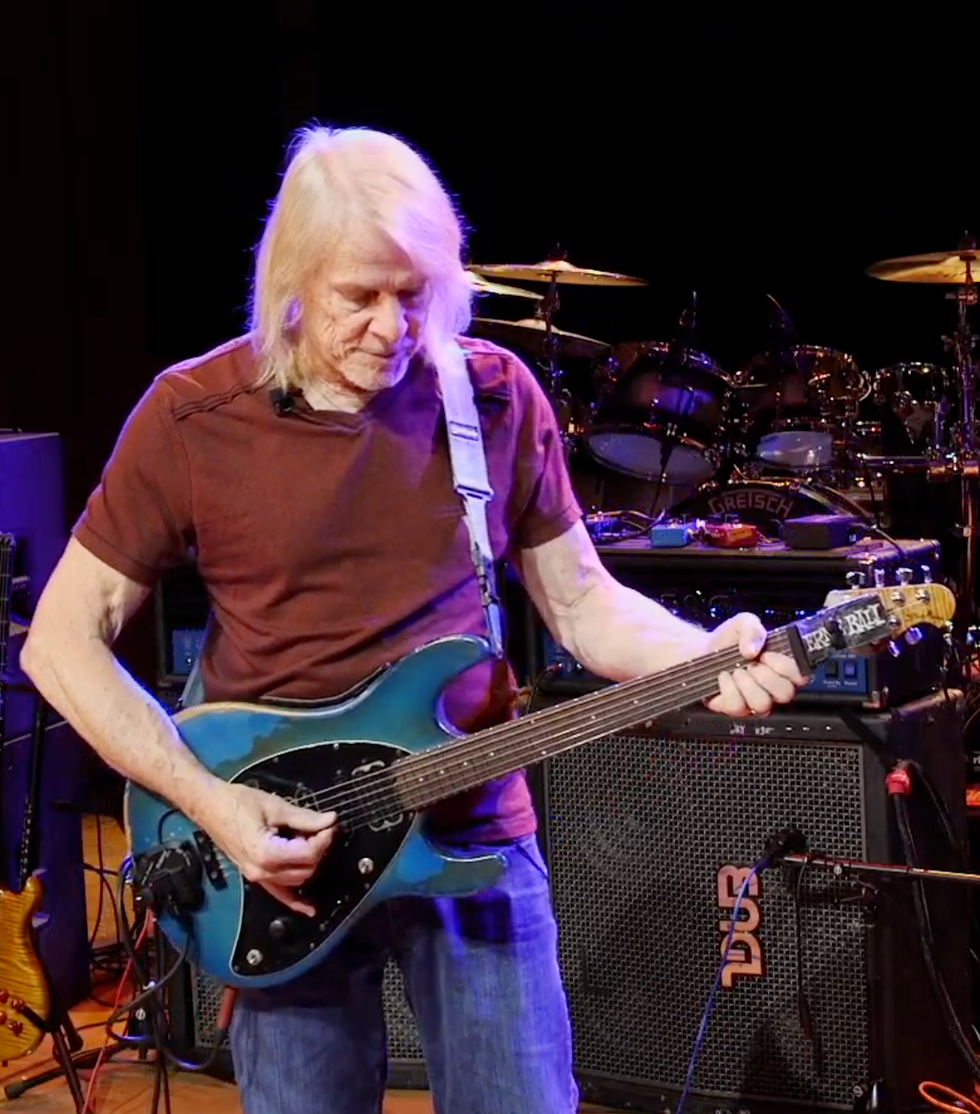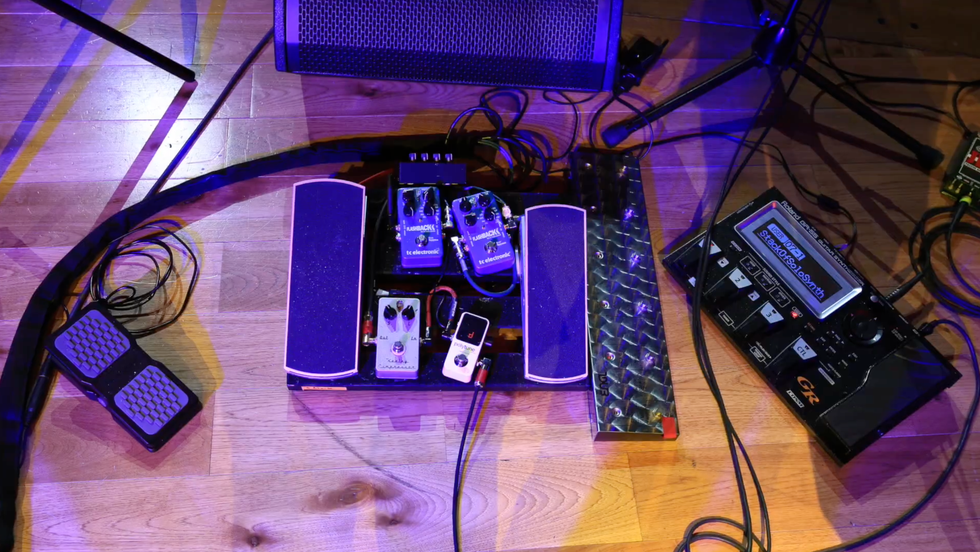Anaheim, CA (January 18, 2017)
Boss Introduces New Acoustic Singer Amplifier Series
Boss (Booth 303A, Level 3) has introduced the Acoustic Singer amplifier series, a new line of stage amplifiers designed for acoustic guitar and vocals. Offering class-defying sound and onboard features such as acoustic resonance, looping, automatic harmonies, effects, and more, the compact ACS amps give acoustic musicians everything they need to deliver inspiring and impactful live performances.
The Acoustic Singer Pro ($699 street) and Acoustic Singer Live ($499 street) models are carefully tuned for pro-level audio performance onstage. Newly designed bi-amped power sections and custom speakers provide punch and dynamics previously unavailable in this class. The Acoustic Singer Pro is equipped with an 8" speaker, dome tweeter, and 120 watts of power, while the Acoustic Singer Live is equipped with a 6.5" speaker, dome tweeter, and 60 watts of power.
The Acoustic Singer amps offer independent channels for acoustic guitar and vocal. Each channel features a discrete analog input circuit and 3-band EQ for studio-quality sound, plus an input pad, anti-feedback control, and dedicated reverb. The vocal channel can alternately be used to mic an acoustic guitar, or to connect a mic or second pickup installed in the guitar.
The guitar channel features acoustic-resonance processing for restoring natural, woody tone to stage guitars with undersaddle piezo pickups. Two types of chorus effects are available as well. The vocal channel is equipped with selectable phantom power, plus a lush delay/echo effect optimized for voice.
A unique feature of the Acoustic Singer amp is its built-in vocal harmony function, which is derived from the popular VE-8 Acoustic Singer pedal. It provides real-time harmonies that follow the guitar input, making it easy to achieve impressive vocal sounds automatically. Each Acoustic Singer amp is also equipped with a looper, allowing users to create on-the-fly backing with vocals and guitar.
Acoustic Singer amps feature balanced DI outputs for connecting to a stage PA, plus USB for direct recording to a computer. There’s also an aux input for playing backing music from a smartphone, as well as jacks for connecting optional footswitches to control looper, harmony, and effects functions while performing.
Boss Celebrates 40th Anniversary with Limited-Edition DS-1-4A Distortion Pedal
Boss has announced the DS-1-4A Distortion, a limited-edition stompbox that commemorates the 40th anniversary of Boss compact pedals. This special version of the long-running DS-1 Distortion pedal features a unique black and gold look and the classic tone that’s been a favorite of guitarists everywhere for nearly four decades. The DS-1-4A is the first release of the anniversary year, which will be celebrated with many other activities throughout 2017.
In 1977, Boss introduced the OD-1 Overdrive, PH-1 Phaser, and SP-1 Spectrum, the very first pedals in the compact series. Over the last 40 years, the iconic line has been loved by generations, with 115 unique pedal models produced and well over 15 million units sold. Boss pedals are used every day by all levels of players, from famous touring pros to bedroom hobbyists. Today, Boss produces over 50 compact series models that cover the effects needs of guitarists, bassists, and other musicians around the world.
Boss stompboxes are renowned for their great sound, rugged durability, and a unique, highly functional design that remains vital four decades on. But while these primary factors haven’t changed, the technology that goes inside the pedals has continually evolved. Boss has always maintained a breakthrough spirit as a sound innovator, using accumulated expertise and many different approaches to achieve one goal: the best sound.
The DS-1 Distortion was introduced in 1978 as part of the second wave of compact pedal releases. Its hard-edged attack and smooth sustain was an instant success among guitarists, going on to fuel the signature sounds of numerous rock legends. This humble orange pedal has enjoyed such enduring popularity that’s it’s remained in the lineup to this day, outselling every other Boss pedal to date.
The limited-edition DS-1-4A ($59 street) features a sleek black body with gold lettering, gold knobs, and a vintage silver thumbscrew for the battery compartment. The pedal comes in a special box with the Boss 40th anniversary logo, and will be available in 2017 only. A special anniversary webpage celebrating 40 years of Boss compact pedals will launch on January 18, 2017 as well.Boss Announces EV-30 Expression Pedal
Boss has just announced the EV-30, an all-new expression pedal for controlling parameters on devices with 1/4" TRS expression inputs. Striking the perfect balance between practicality and playability, the compact EV-30 is ideally suited for use on pedalboards and anywhere space is at a premium.
The EV-30 ($99 street) shares the same rugged, space-saving design of the popular FV-30H/L volume pedals and PW-3 Wah, offering pro-level performance in a small footprint. A key feature of these pedals is an innovative internal mechanism that delivers smooth action, precise control, and lasting durability. In addition, the pedal chassis is constructed of die-cast aluminum, providing a rock-solid foundation while maintaining reduced weight for easy transport.
The EV-30 is equipped with two expression outputs, enabling the user to control two different effects from a single pedal. A convenient polarity switch provides compatibility with nearly any device that supports expression control, from stompbox pedals and multi-effects to keyboards, MIDI controllers, and beyond.
The EV-30 works great with Boss pedals equipped with expression pedal inputs, such as the DD-500 Digital Delay, VB-2W Vibrato, DM-2W Delay, and others. It’s also a perfect fit for Boss multi-effects such as the GT-100 and GT-1, as well as Boss effects switchers like the ES-8 and ES-5.
For more information:
BOSS
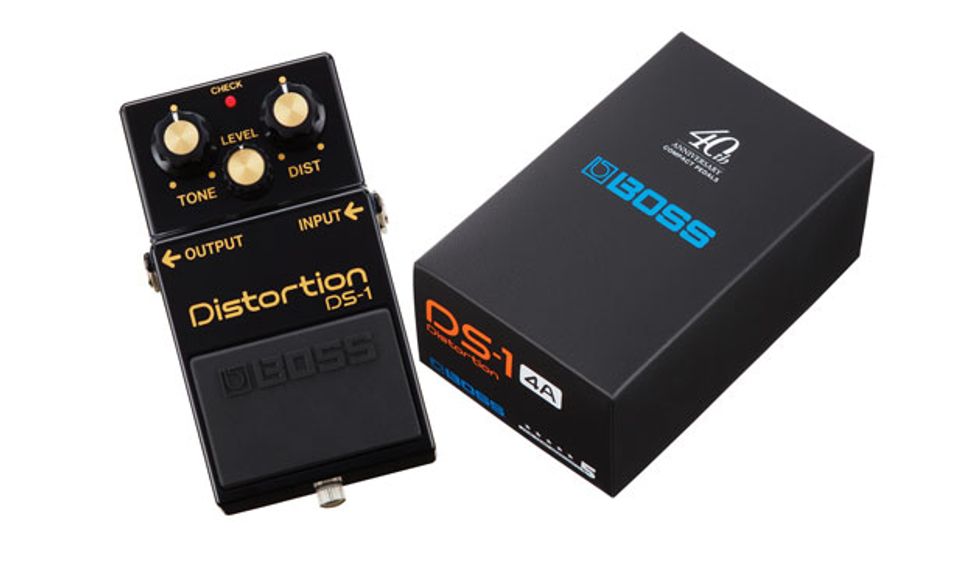
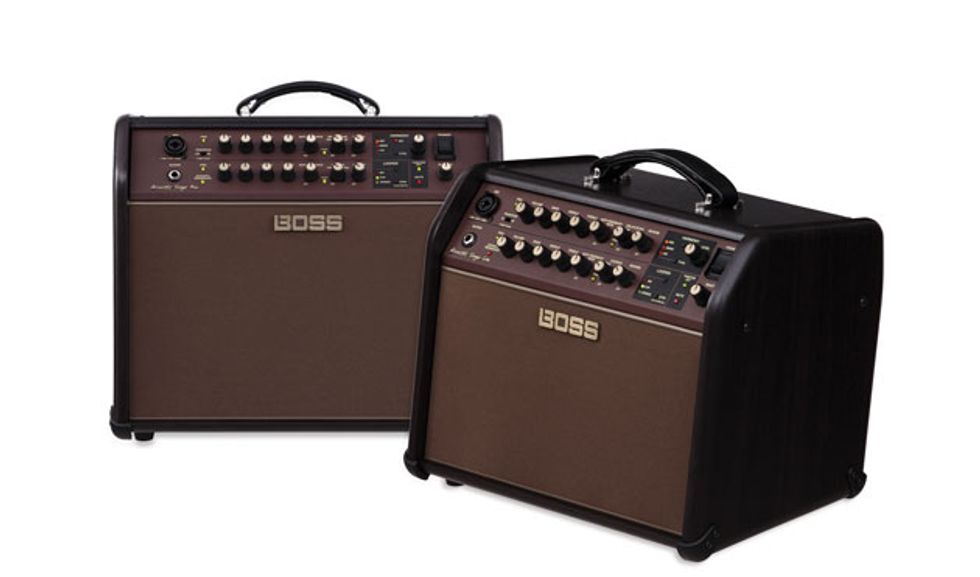
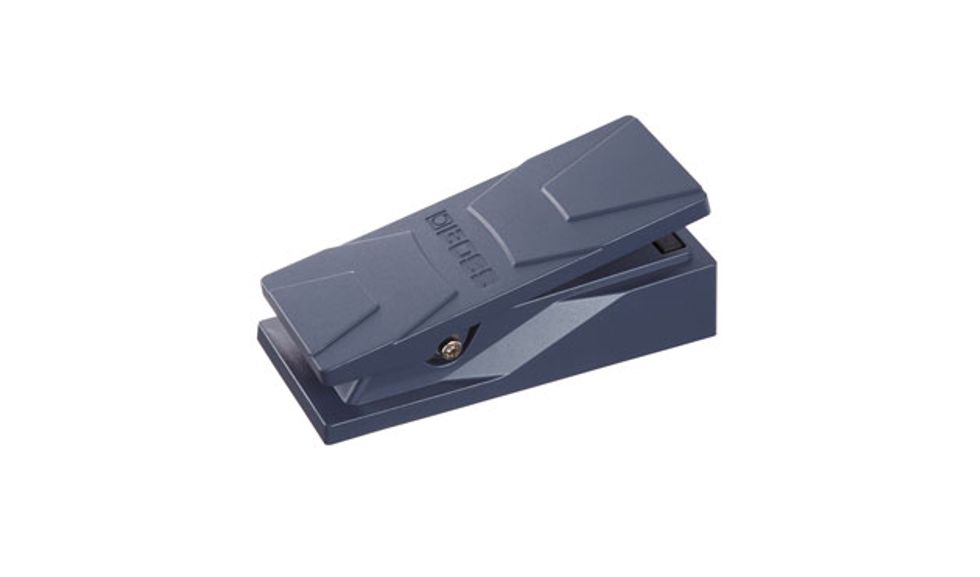


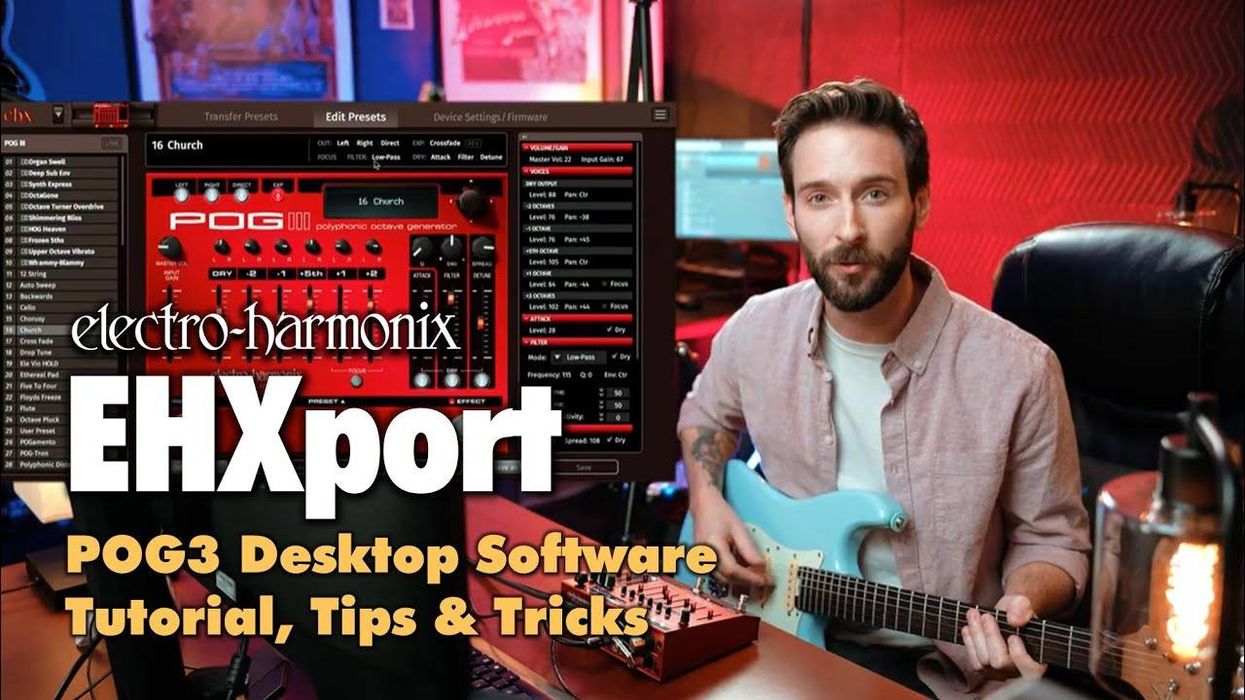



![Rig Rundown: AFI [2025]](https://www.premierguitar.com/media-library/youtube.jpg?id=62064741&width=1245&height=700&quality=70&coordinates=0%2C0%2C0%2C0)


![Devon Eisenbarger [Katy Perry] Rig Rundown](https://www.premierguitar.com/media-library/youtube.jpg?id=61774583&width=1245&height=700&quality=70&coordinates=0%2C0%2C0%2C0)












